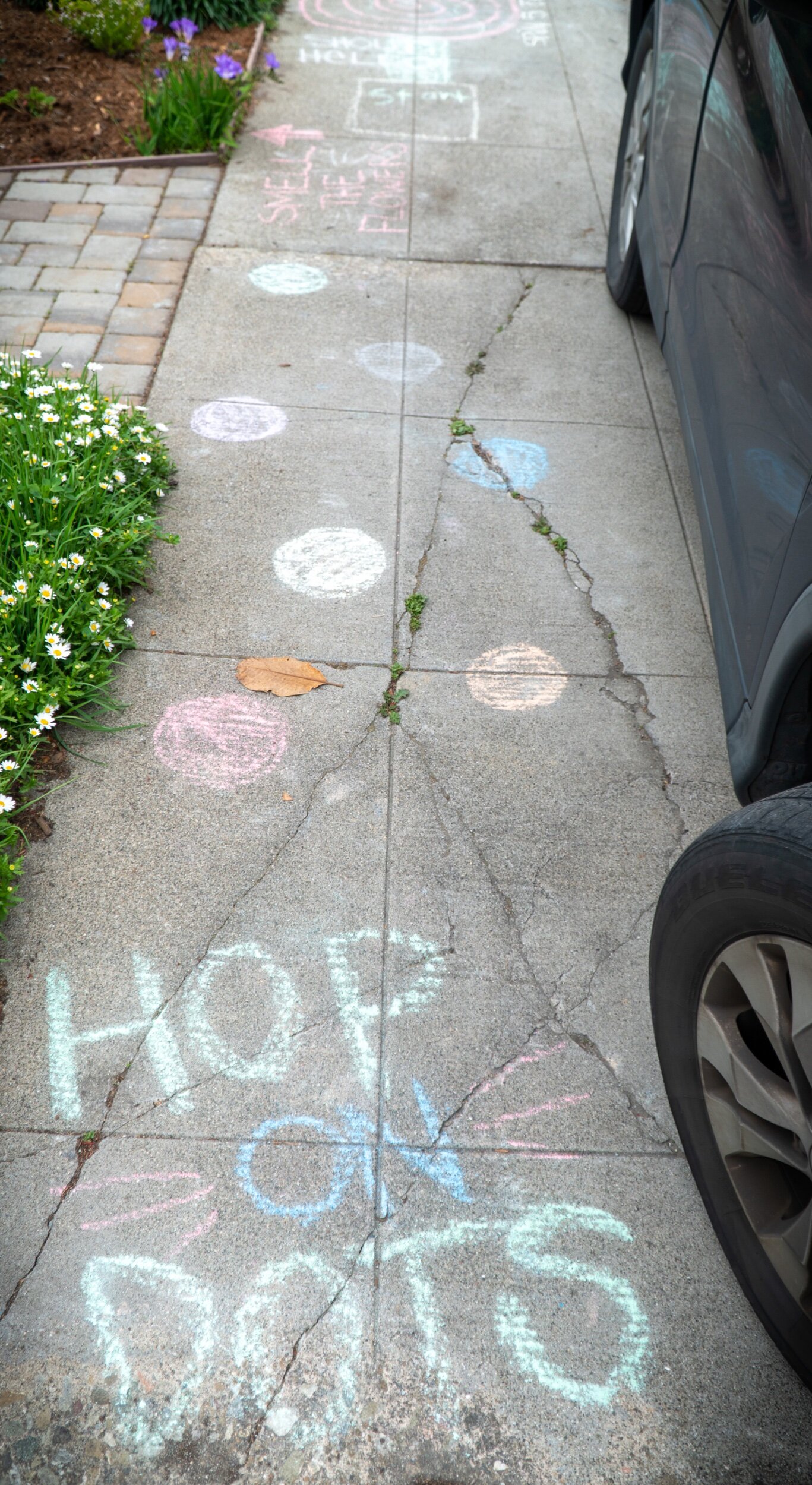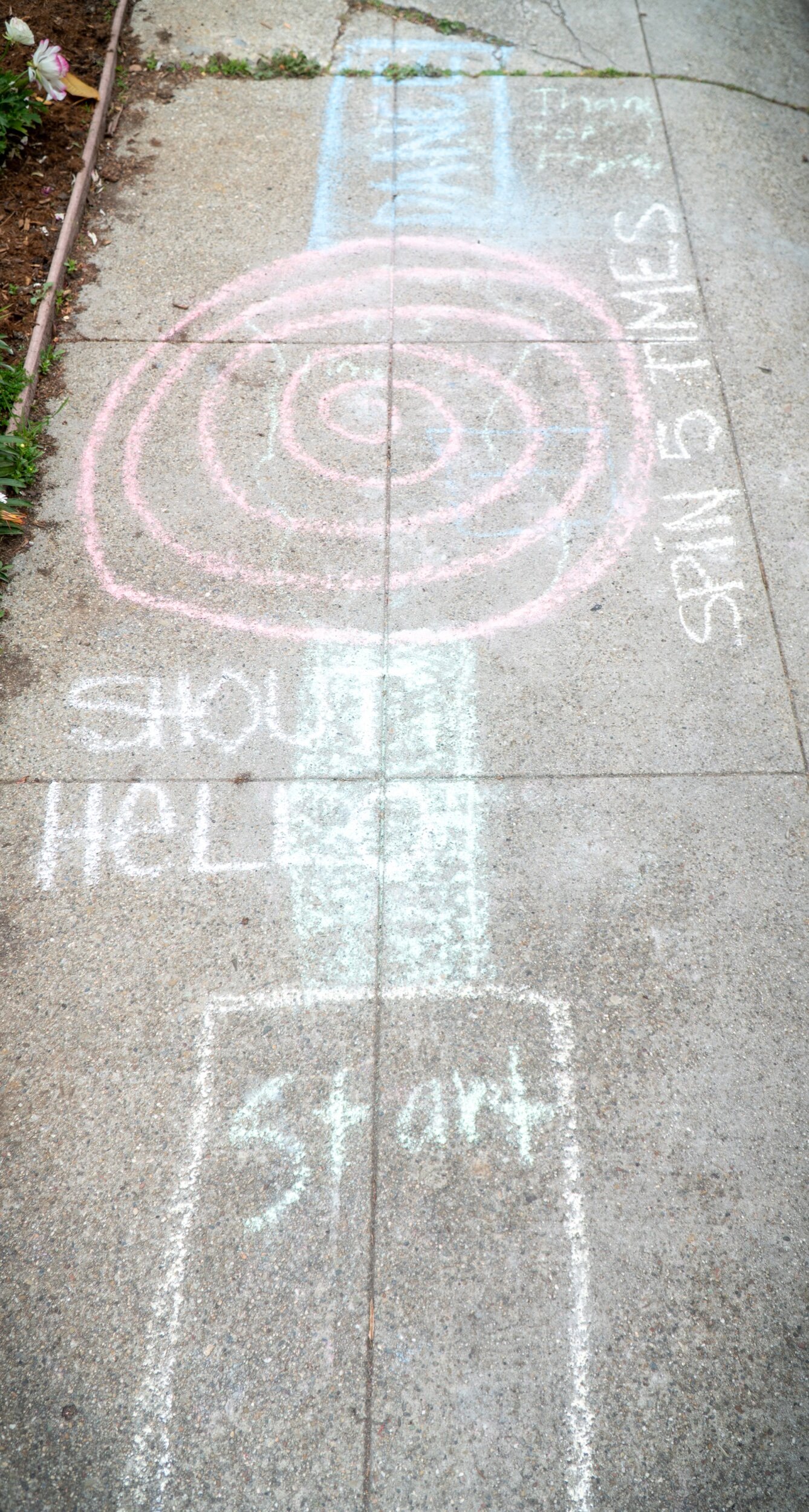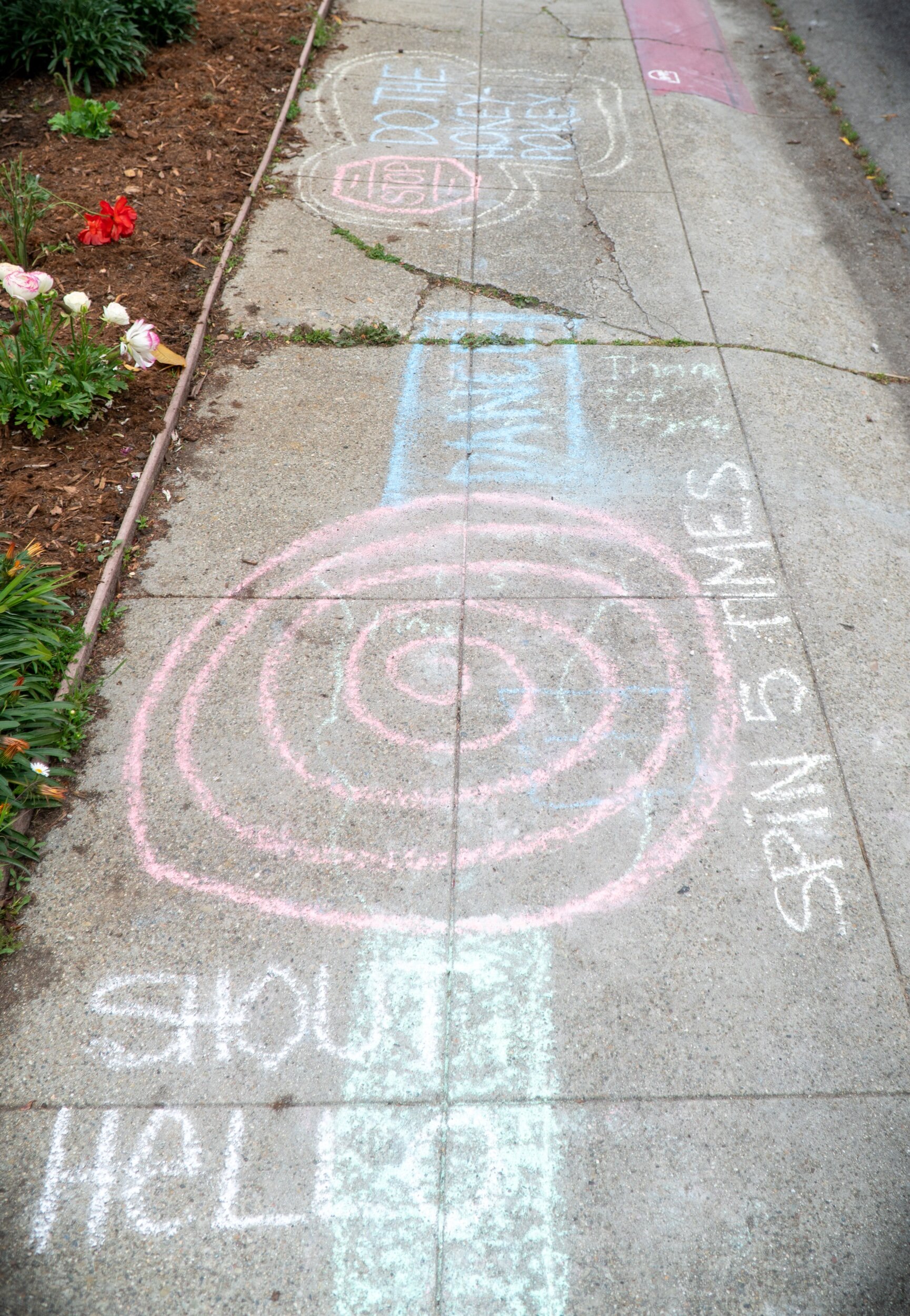Spring 2020: 6’ Rule, Shopping Revisited, Chalk the Walk, and WFH







6’Rule
Human beings don’t do well in isolation. It’s a part of our nature as primates to be social animals. So, to ask us to voluntarily withdraw from contact with other human beings for an indefinite length of time in order to combat an invisible virus that appears deadly to only a small portion of the population, for some people that is too much to ask. In early March, I began working from home (aka WFH’ing) full time and I, like everyone else on the planet, began following the 6’rule. That is, to enforce an invisible proximity bubble that keeps everyone else, outside of my immediate family at least 6 feet away from me. Additionally, I began wearing a face mask and nitrile or rubber (whichever I had on hand) gloves to do most of my errands that involved leaving the house. Lastly, by the end of the month, I was no longer voluntarily leaving the house at all outside of occasional walks around the neighborhood with my family and runs to the supermarket to get anything I can’t get online. It’s social isolation for the masses and it has an emotional cost. My family and I, luckily, really get along. My daughter is a kind and conscientious kid who, fortunately, still enjoys the company of my wife and I. And, my partner is an avowed introvert who prefers the solitude of a quiet room and close family relations. For my part, I’m mostly content with spending my time with the two of them occasionally challenging them to feats of strength or board (or electronic) games, taking pictures of the world, reading others, or writing my thoughts. With that said, I get something visceral from being with and seeing others in person. It’s a small but perceptible jolt of something that does wonders for my well-being. I’ve learned not to depend on it, as people can be irrational and cruel. Nevertheless, it means something to me so I’ve come to miss it.
Since my daughter was 4 months old, I have read to her every night before she goes to bed. Last year we read the Diary of Anne Frank. I wanted to read this book to her because my wife and I had decided to take the year to homeschool her and it was important to us that we educate her on the context and consequences of the Second World War - lest we forget. Reading Anne Frank to an eleven-year-old can be risky, as the subject matter of a young girl coming of age while being stalked by Nazis and their sympathizers are daunting. But, it’s told with such warmth and candor that we reckoned that it was worth the risks. For my part, it was critical that I be the one to read it to her so that none of the important themes of what Anne and her family lived and died for would get lost. Moreover, the story of how Anne, her family, and their friends survived for over two long years in near-total isolation, constantly aware of the risks involved with being found is a true testament to their resolve. And, as a result of reading it so recently, we have been able to level-set our expectations of how we should behave during this time of mandated social isolation. Through our reading of Anne’s book, our entitlement and expectations of the many creature comforts that we take for granted have been firmly checked. My family and I are able to reference the Frank’s perseverance, courage, and strength as a reminder of how little we have at stake (comparably), and how little we are being asked to give up in order to protect the most vulnerable of our population (as well as ourselves) from COVID-19. It’s the least we can do.
So, we live in a 6’ bubble. It’s an experience that reminds me of how ingrained touch (i.e. handshakes, hugs, high-fives, kisses on the cheek) is in the nature of our interpersonal relationships. For, due to the 6’ rule, I can’t kiss my wife’s family hello or good-bye. I can only see my brother through Zoom. And, lunch with a colleague is completely out of the question. I wonder if I’ll ever return to normal, given how acutely contact was severed, I wonder if it will ever feel natural to handshake a stranger or to hug a colleague. I suspect, that in the end, I’ll always think twice about handshakes and hugs for people who are not my personal relations, trusted colleagues, or friends. But only time will tell.
Shopping Revisited
My friends and I were hosting a virtual happy hour in mid-March. The topic: What are these people thinking? We discussed whether it made any sense whatsoever for people to be hoarding cases of hand sanitizer, dozens of gallons of water, and the coup de grace of COVID-19 hoarders, toilet paper. We discussed the merits of group thinking, panic responses, and selfish opportunism. We came to the conclusion that hoarding these things didn’t pass what we called, the “common sense test.” The common-sense test states that if you are engaging in behavior that defies either reason or logic, due to a fear of somehow being “without” then you are flunking as a human in a crisis. Each of us agreed that although we are all family men whose primary priority is the safety and well-being of our spouses and children, it was unreasonable for us to engage in this behavior at this time. And, we made a pact that if we slipped into this behavior we would hold an intervention to shame the offending party back into being a decent person.
And even though we agreed that hoarding behavior was beyond the pale, we also agreed that what used to be a trivial task, shopping for our family’s necessities, had now become something of a nightmare. As we were finding that due to the compulsions of our obsessive and/or selfish fellow humans the basic necessities were becoming more and more difficult to find. It began with hand sanitizer. We were finding that it was sold out everywhere. But, it turns out that the ingredients for hand sanitizer aren’t particularly complicated - so we discussed how isopropyl alcohol, aloe Vera, and Tea Tree Oil combine to make an excellent hand sanitizer. We also shared how dystopian it felt to go into a supermarket and finding whole shelves of goods empty. Or whether we ever thought we would be standing in line at 6:30 am to pick up almond milk, or standing in line outside of Costco for 45 minutes just in order to get into the store to shop. We discussed how odd it is to drive up to the market to find a sign out front stating which items are no longer in stock, “We are out of Eggs, Clorox Products, Toilet Tissue, and Paper Towel’s.” And that limits were being enforced on how many packages of toilet tissue, cartons of eggs, paper goods, and cleaning products can be purchased per household.
But, this is the new normal. And, everyone all over the globe is enduring the same hardships. So, we committed to making the best of it; for we have every advantage: a loving family, warm surroundings, jobs, access, and means. We are fortunate. And, although this is a tough and stressful time, we owe it to our children and to the rest of humanity to put on a happy face and to make the best of it…
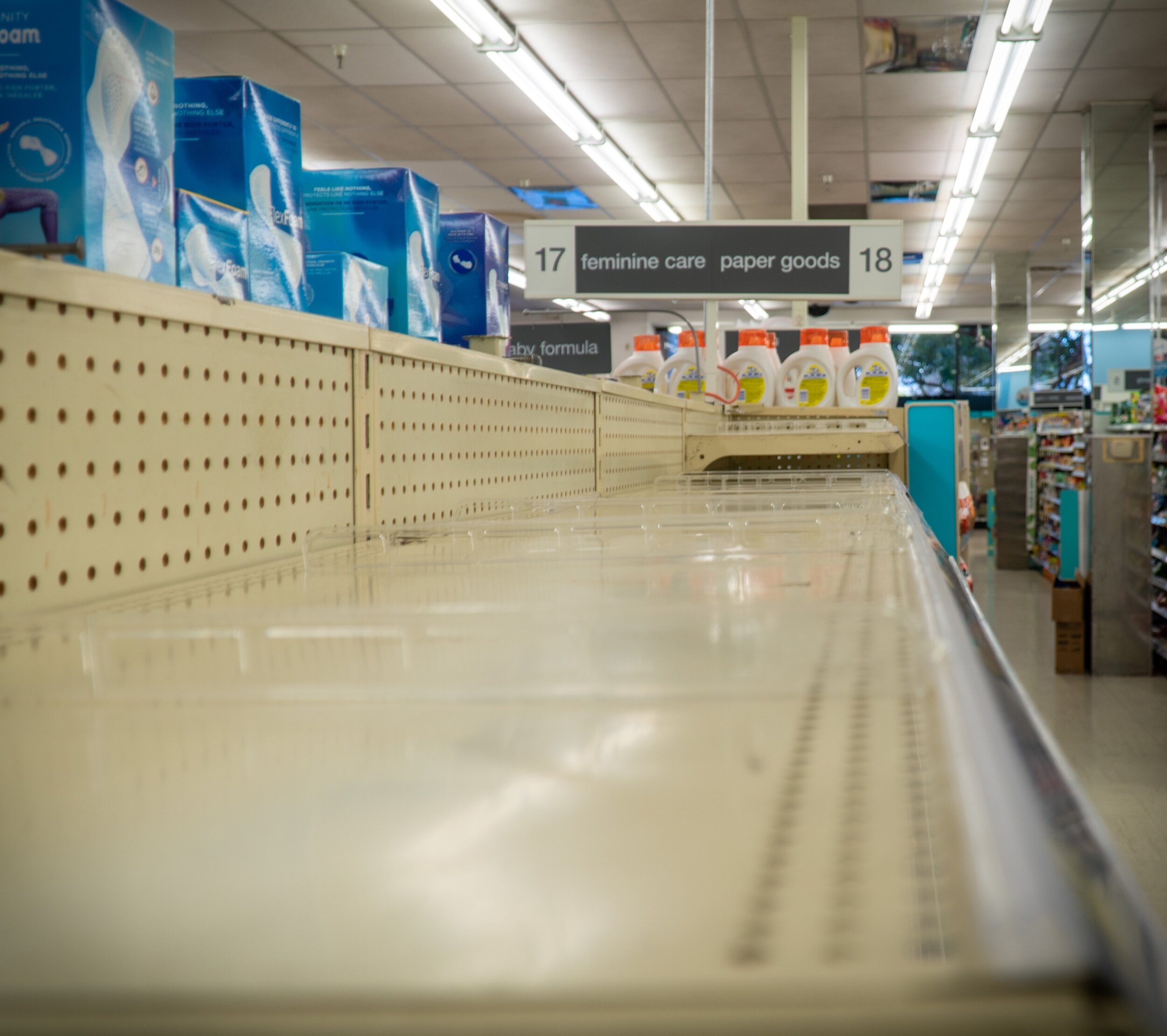
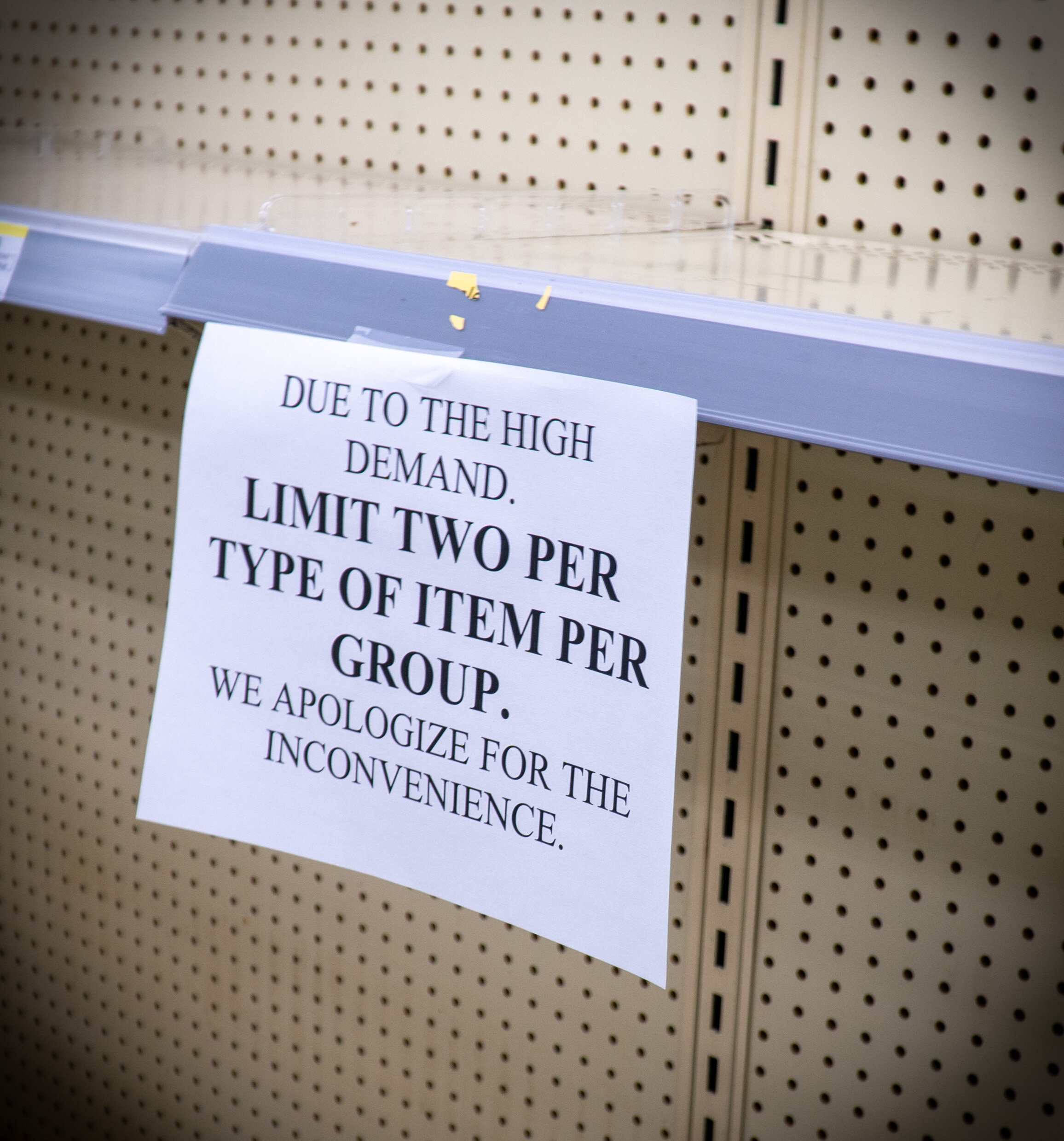
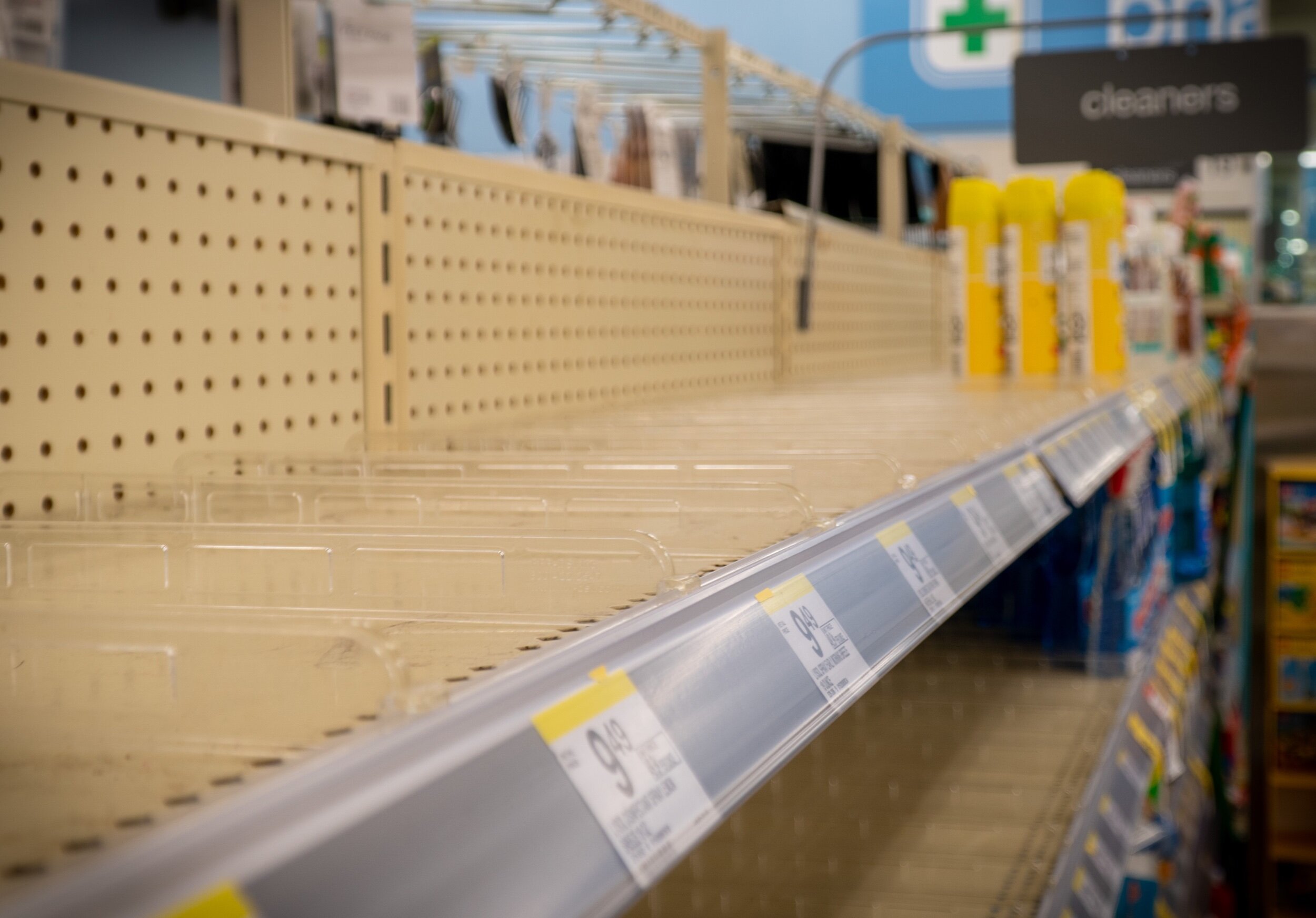
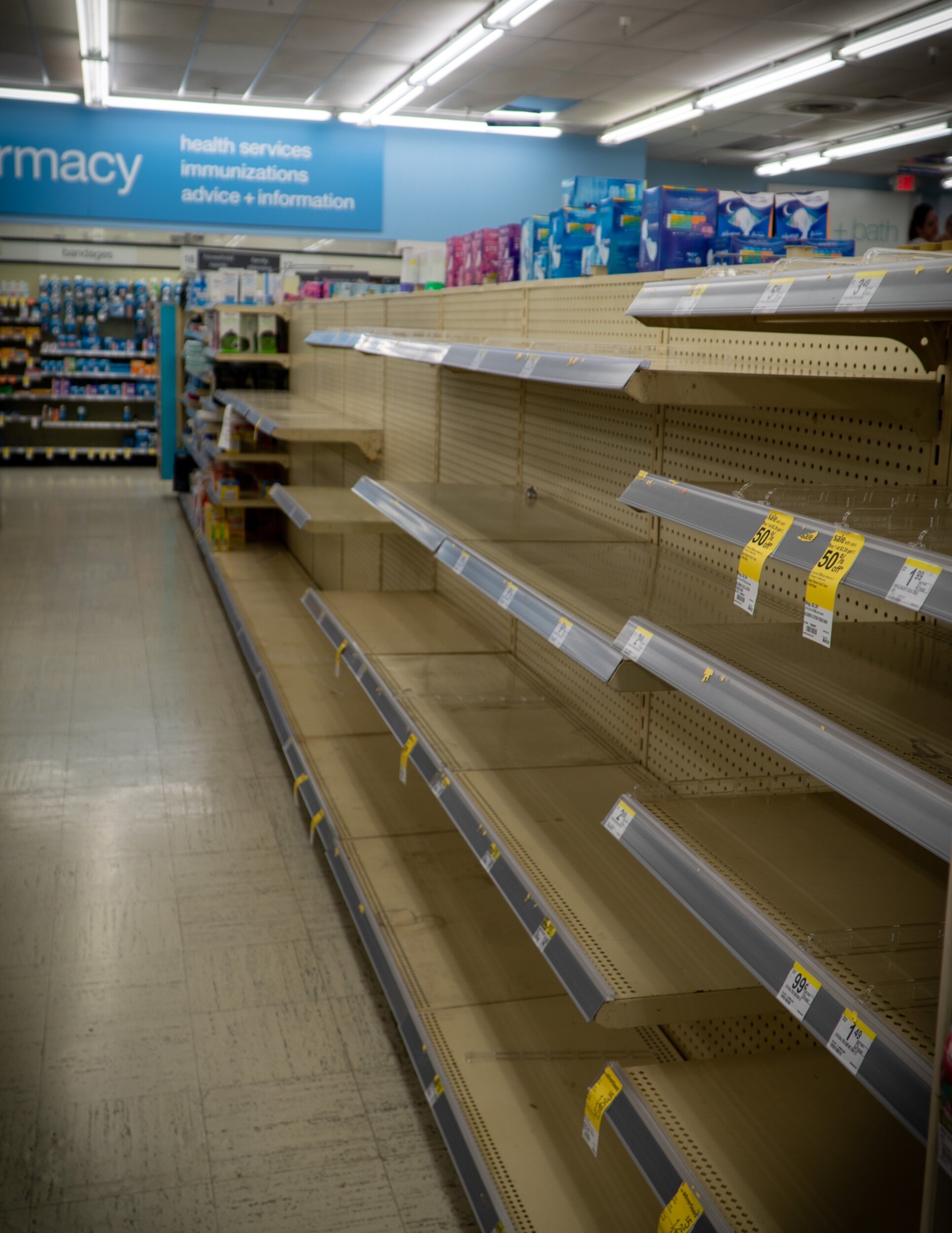

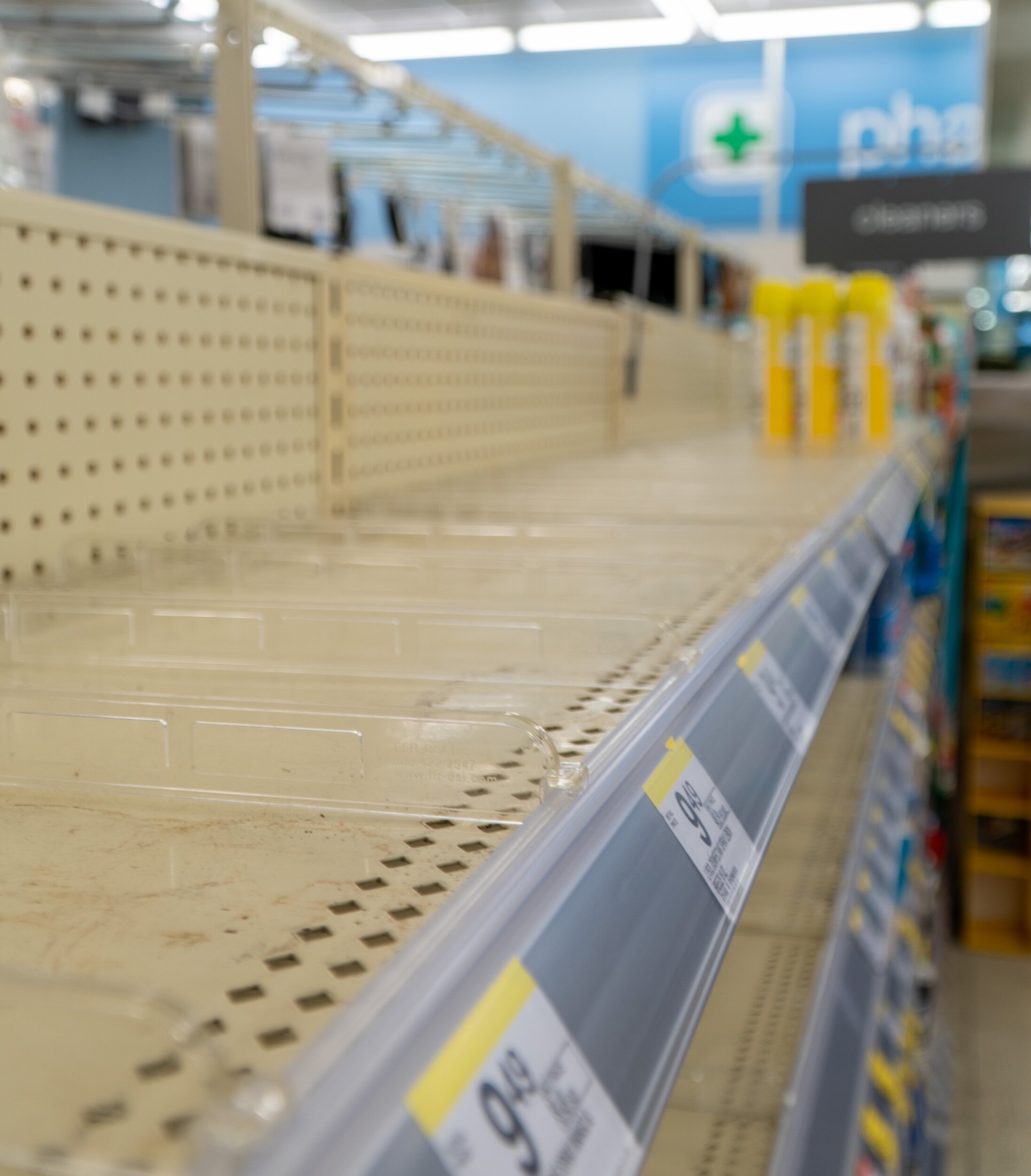
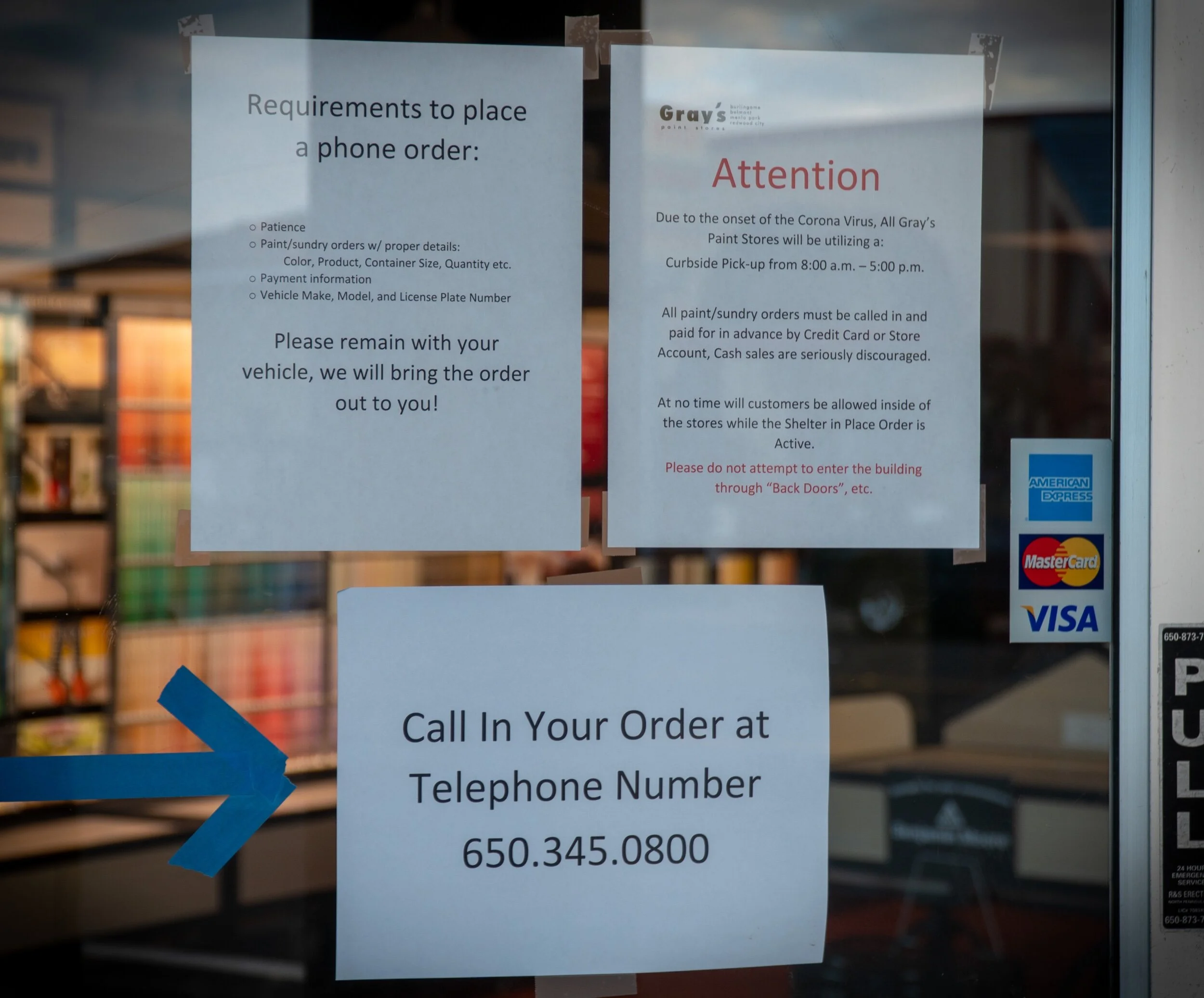
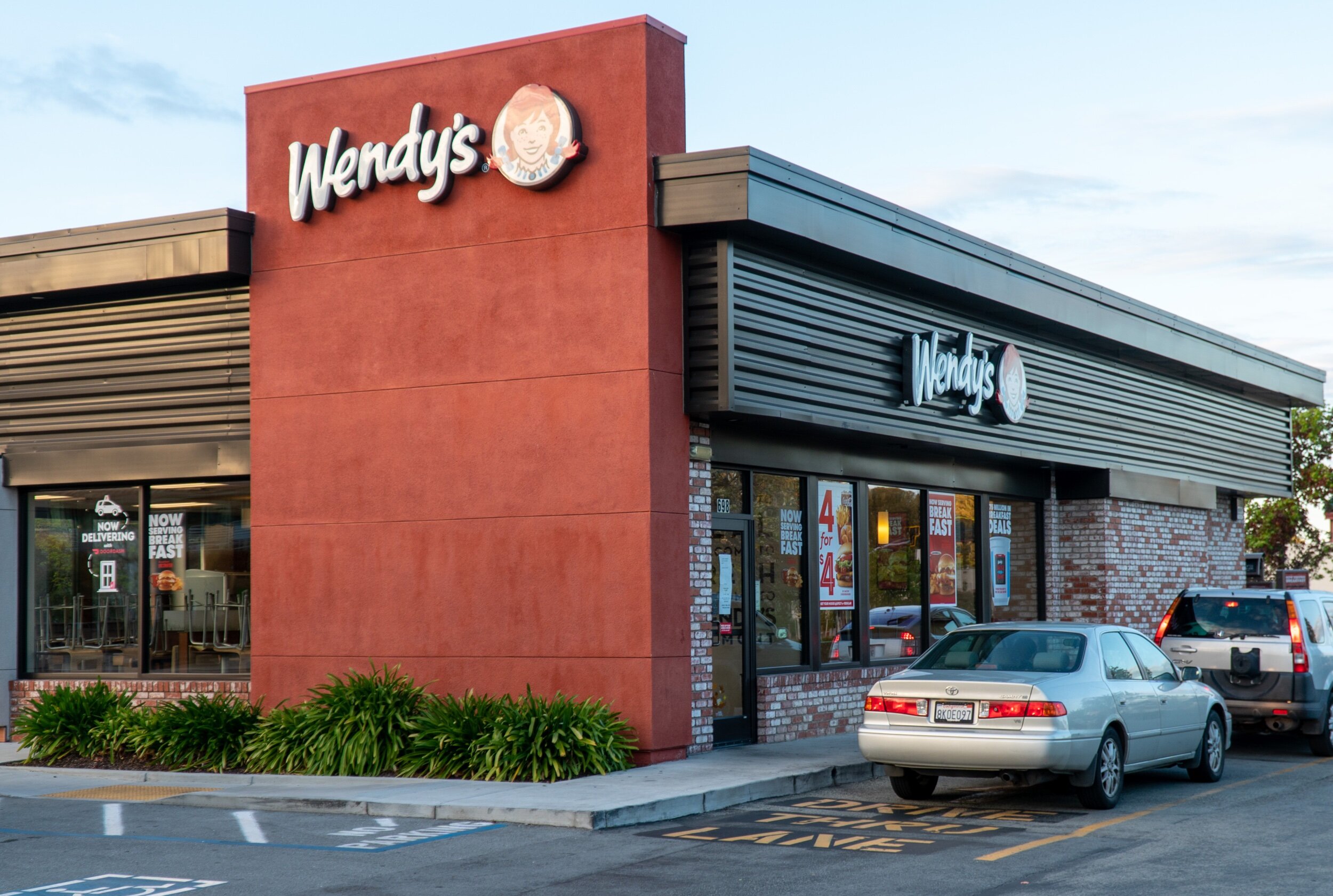
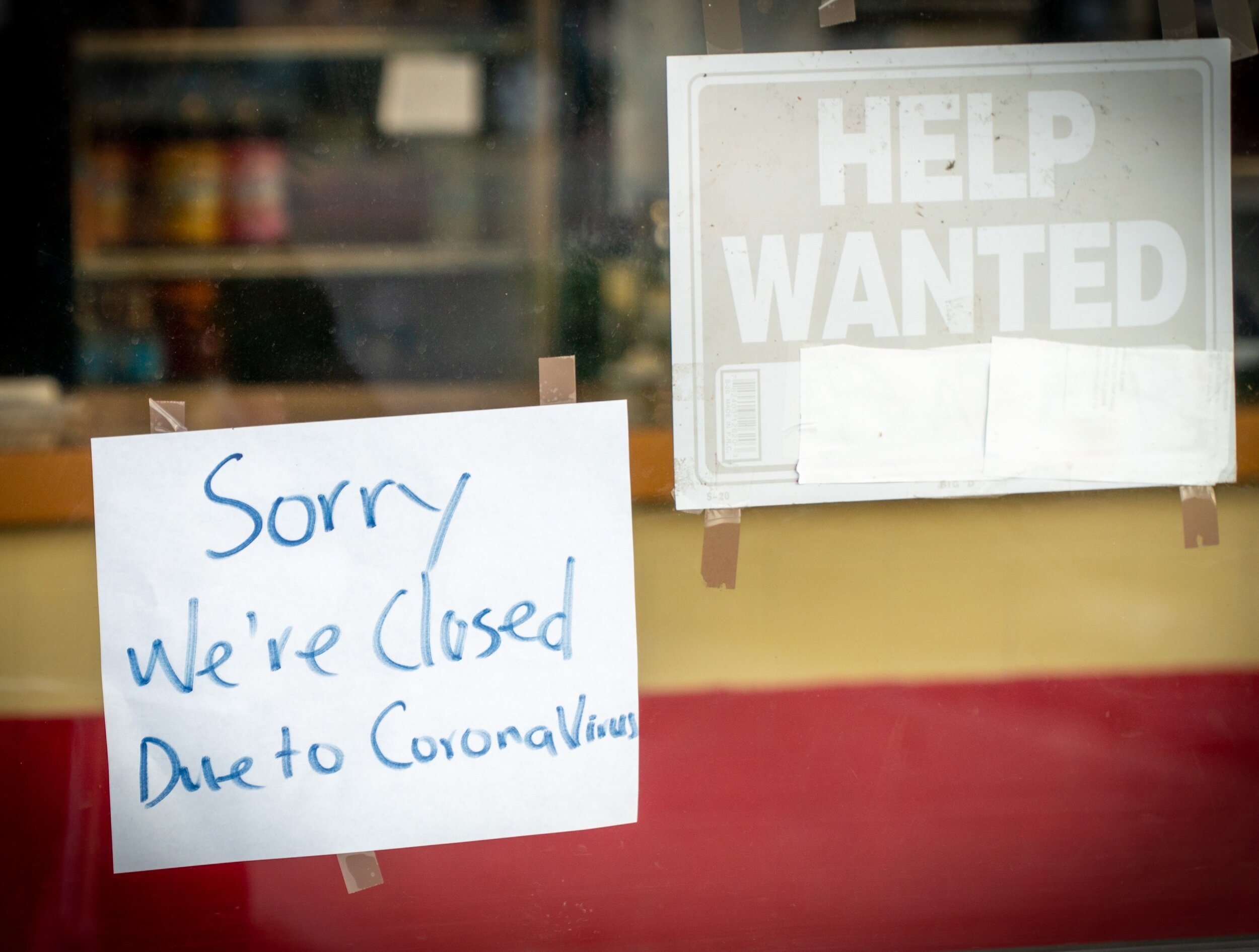
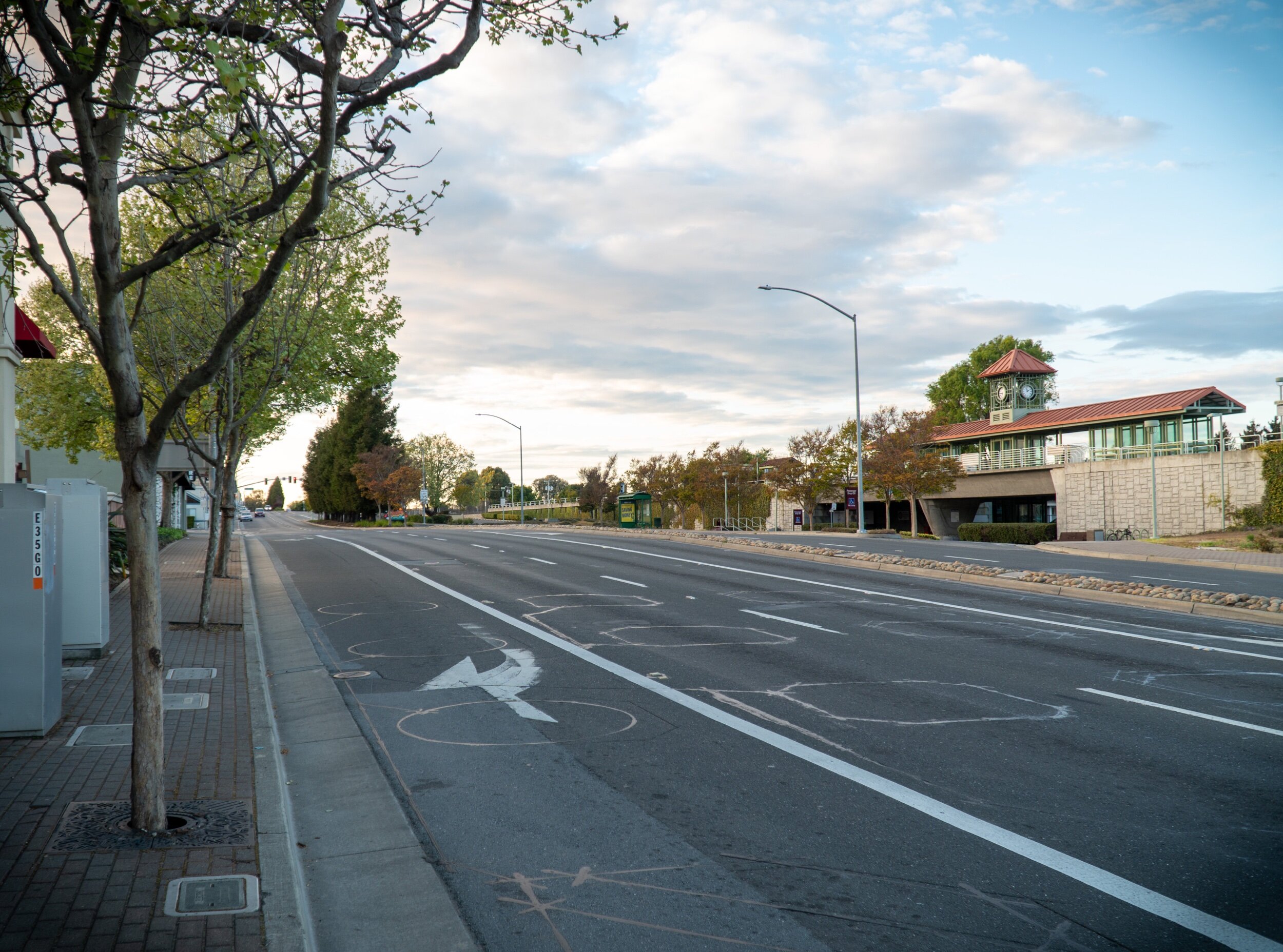
WFH
In my full-time gig, I do business development. Specifically, I help organizations (Corporations, Foundations, Institutions) collaborate in ways that help humanity’s most vulnerable - the poor, starving students, and (in a previous role) the homeless, etc. I feel blessed to do the work that I do. And particularly blessed to do it with the people with whom I work. So, when my organization evoked a mandatory work from home policy the first week of March, I did so with mixed emotions. I already work a day or two a week from home anyway, and (since my role involves writing appeals, proposals, concept notes, and white papers) the ability to sit quietly without distractions is critical. But, being completely isolated from my colleagues is a whole other story. And, it has been hard. I truly respect and appreciate the people I work with and I enjoy our dynamic-strained though it may be at times. I feel fortunate to spend time with such smart, dedicated, conscientious, and productive people. So, working from home full-time has been a bit of a challenge. But it’s had its positives as well.
For example, a few weeks into my experience of WFH I noticed that the little things that would usually frustrate me about my colleagues were less intense. It took me a while to realize it, but it eventually occurred to me that it was because I was seeing into their lives for the first time. Their children were on our conference calls, their pets were walking in the background, or barking at the UPS driver. Through their screens, I was able to see their homes, check out their interior decorating, and appreciate their architecture. Moreover, if they used Zoom’s Virtual Background feature, I was able to see their passions, where they vacationed and was able to get a glimpse into their moods. In other words, the barriers that we unconsciously construct to keep our work lives and our home lives separate were crossed, and as a result more of what makes my colleague's people is coming across. And, for me, as a devout humanitarian, I find it alluring. Not in a romantic way, but in a way that makes them more human, more vulnerable, and in some way more likable. WFH has allowed me to share more of who I am with my colleagues (without saying a word) while also getting a glimpse of what matters most to them.
An unexpected side effect of the WFH phenomenon is virtualization; especially virtual happy hours. I didn’t think that I would like them. As a matter of fact the first one I attended quickly descended into an online version of Dinner for Schmucks, with the attendees sharing inappropriate musings and drinking excessively, and I left after ten minutes. But, since then I’ve held meetups with my siblings where we watched movies together (Netflix Party) and played Smash Bro’s (Switch Online), I’ve had a book club on Zoom, and drank refreshments with my good friends while reminiscing about old times over WebEx. It isn’t ideal, and it doesn’t replace the feeling of seeing a dear friend and sharing a story over a drink and appetizers, but it’s as close as you can get in the age of COVID-19.
Chalk the Walk and San Mateo County Park Closures
Soon after the pandemic hit the Bay Area, and we were ordered to shelter in place, our neighbors began decorating the sidewalks in front of their homes with inspirational sayings and fun games to brighten the days of the young children (who were now all out of school) as their desperate parents tried to improvise things for them to do. It was a clever and resilient response to the mandated closure of all neighborhood parks and open spaces by the San Mateo County authorities. But, if I’m honest, the sight of unused and cordoned off play structures in our neighborhood park, gates and chains at our local trailhead, and tent signs blocking access to streams and play areas is a painful reminder of the lengths our country is taking to prevent the spread of this virus. Silently walking past these parks now stands in stark contrast to the sounds of laughter that would be emanating from them just two short months ago. It’s like we’ve wandered onto the set of a documentary on the towns abandoned after the Chernobyl nuclear disaster, where it looks like whole towns just left without taking the time to pack...
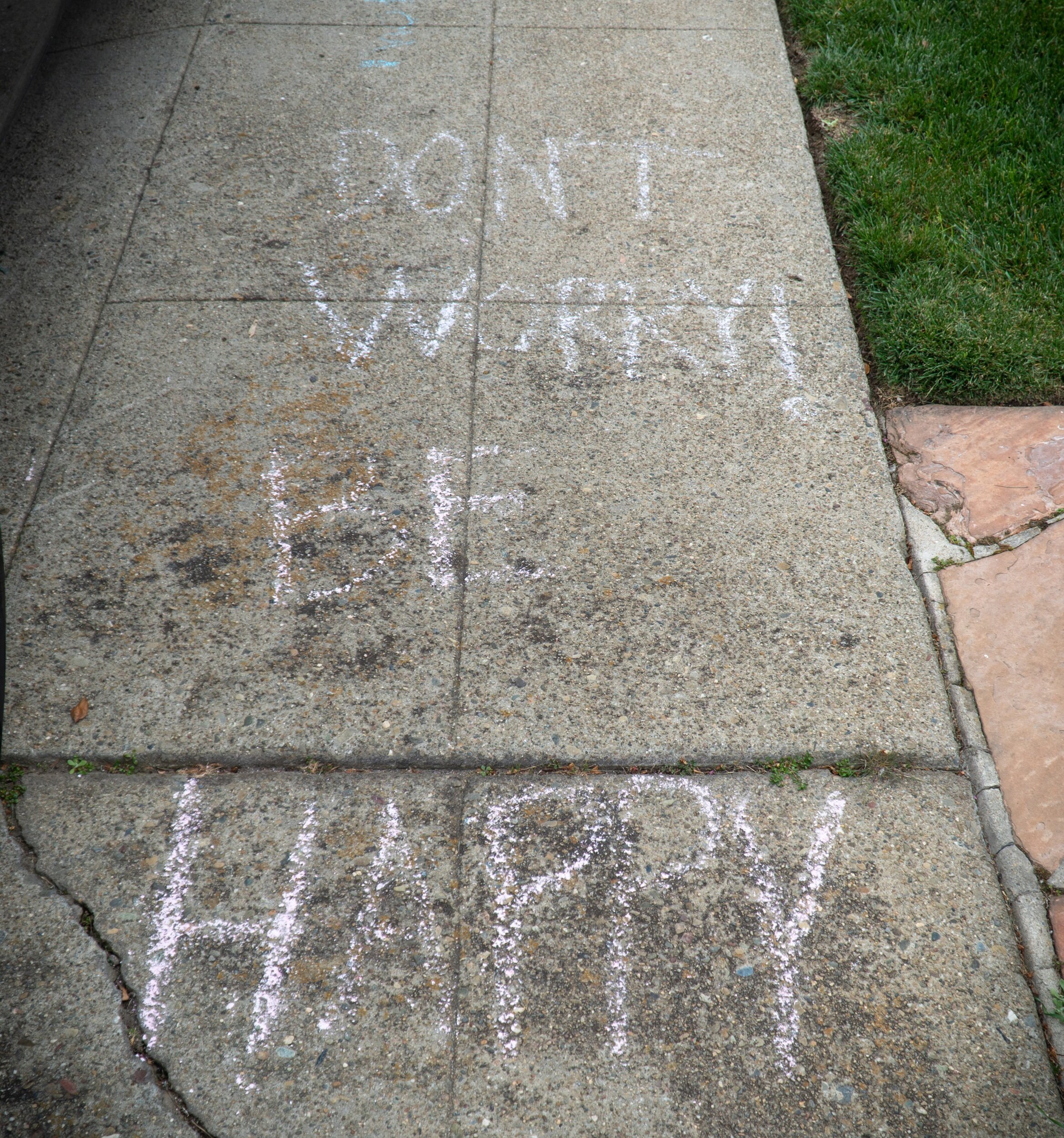
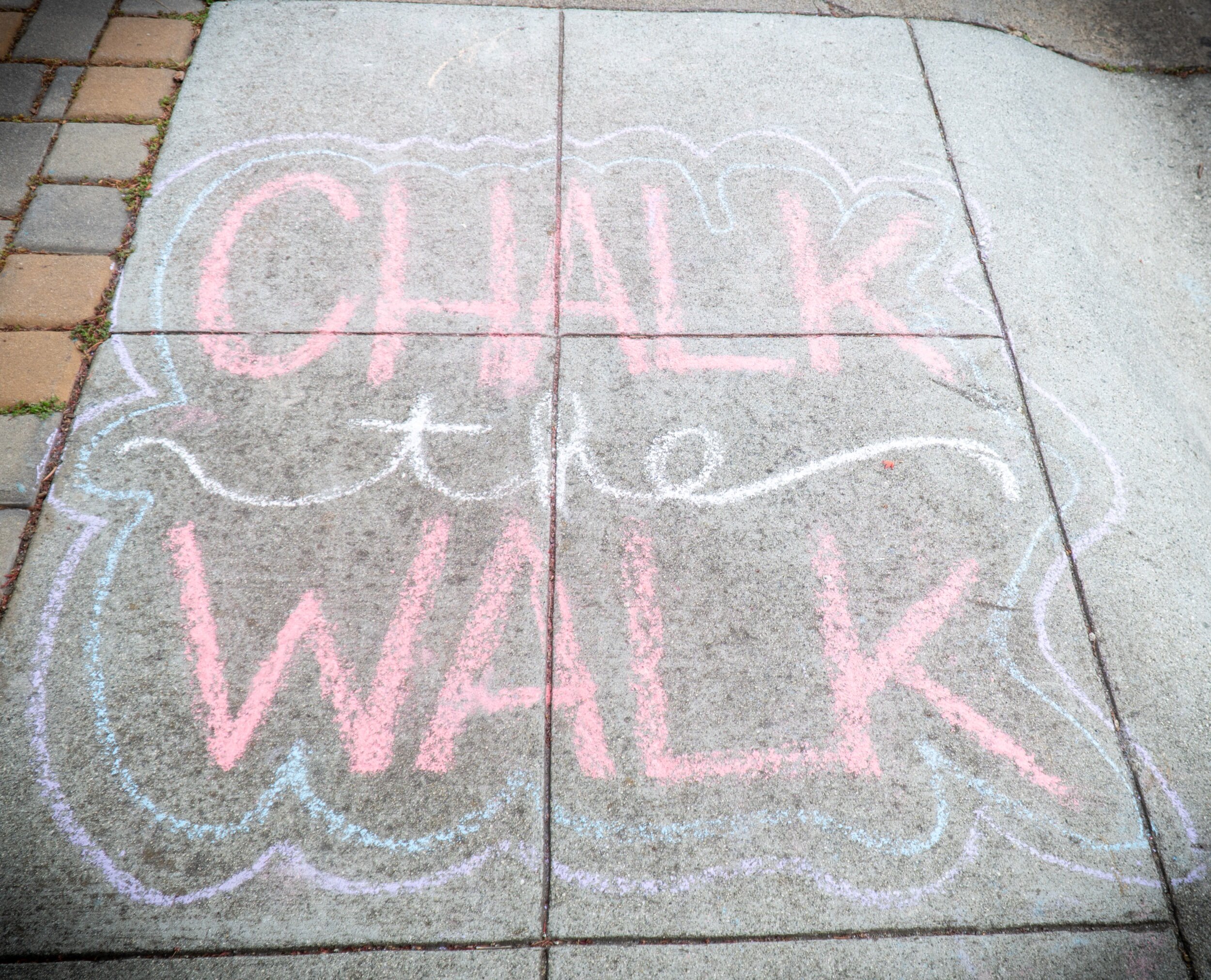
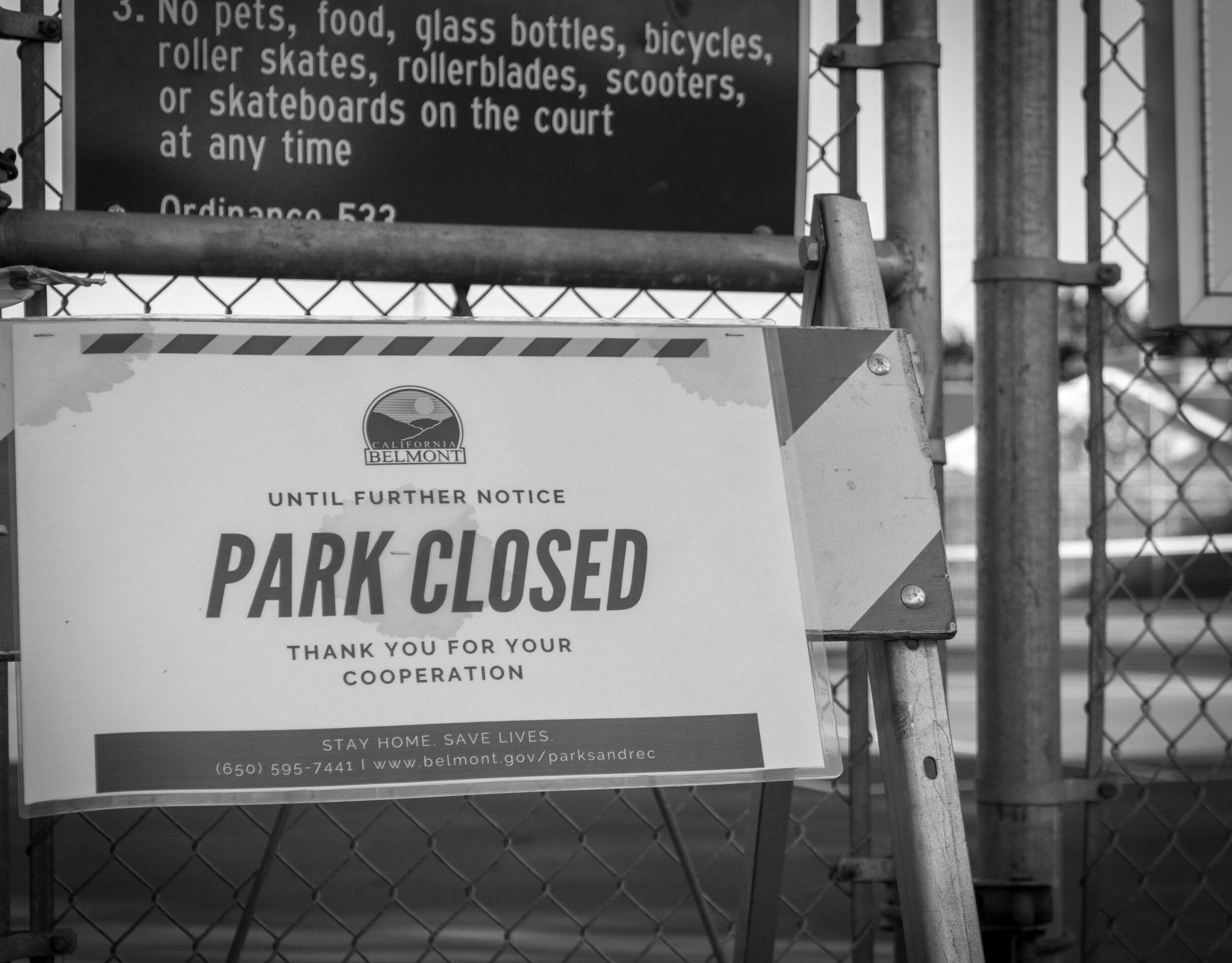
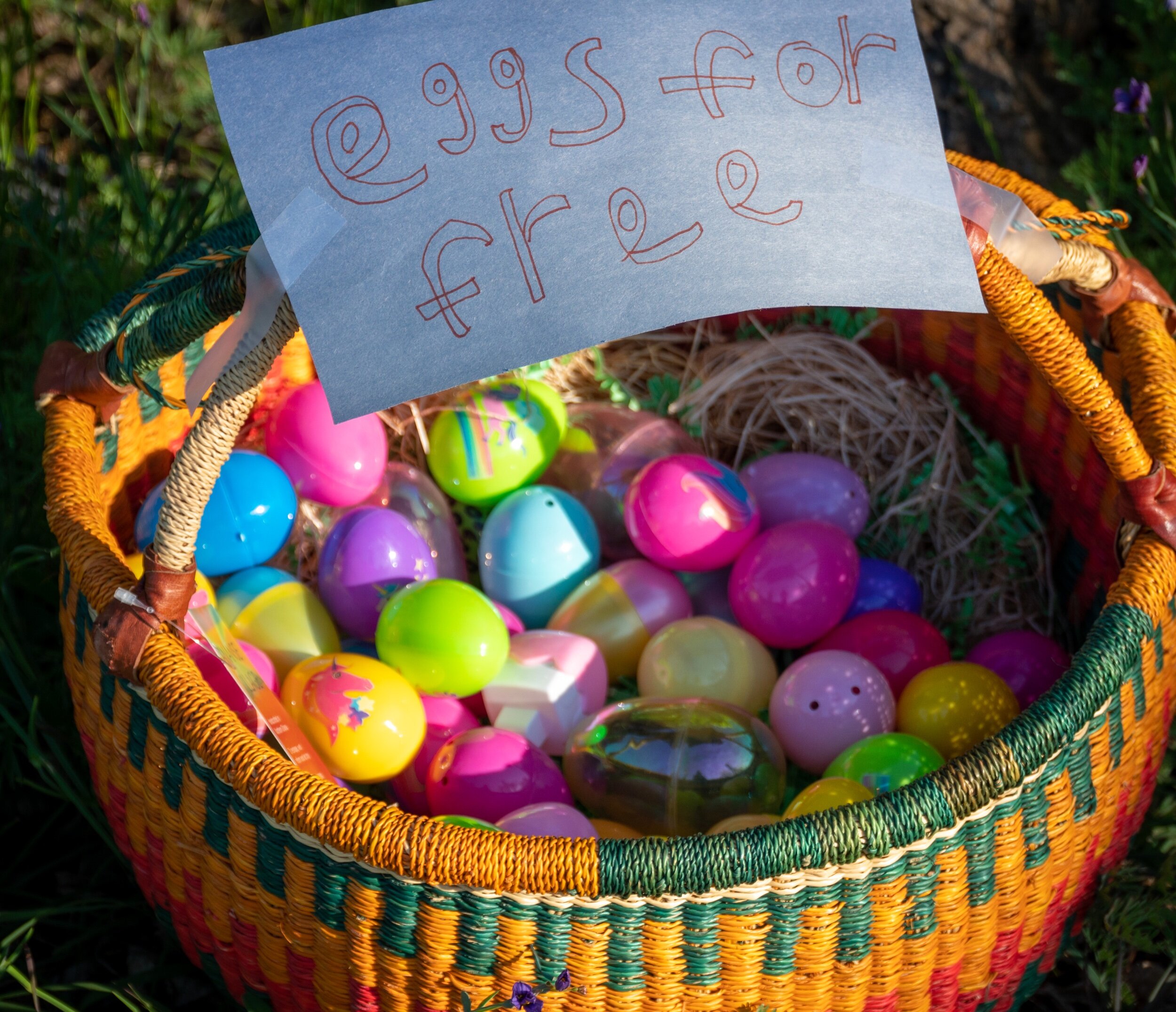
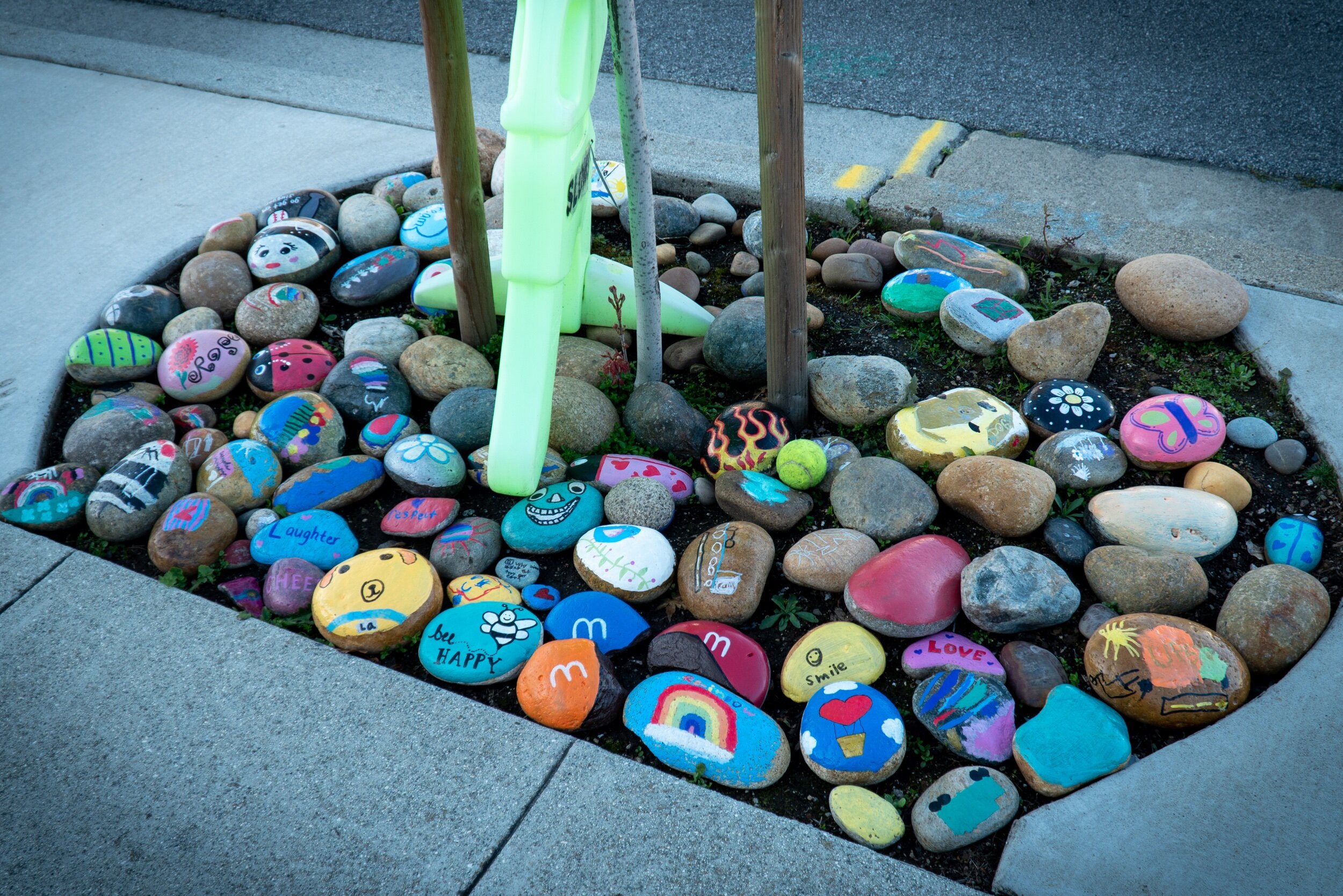
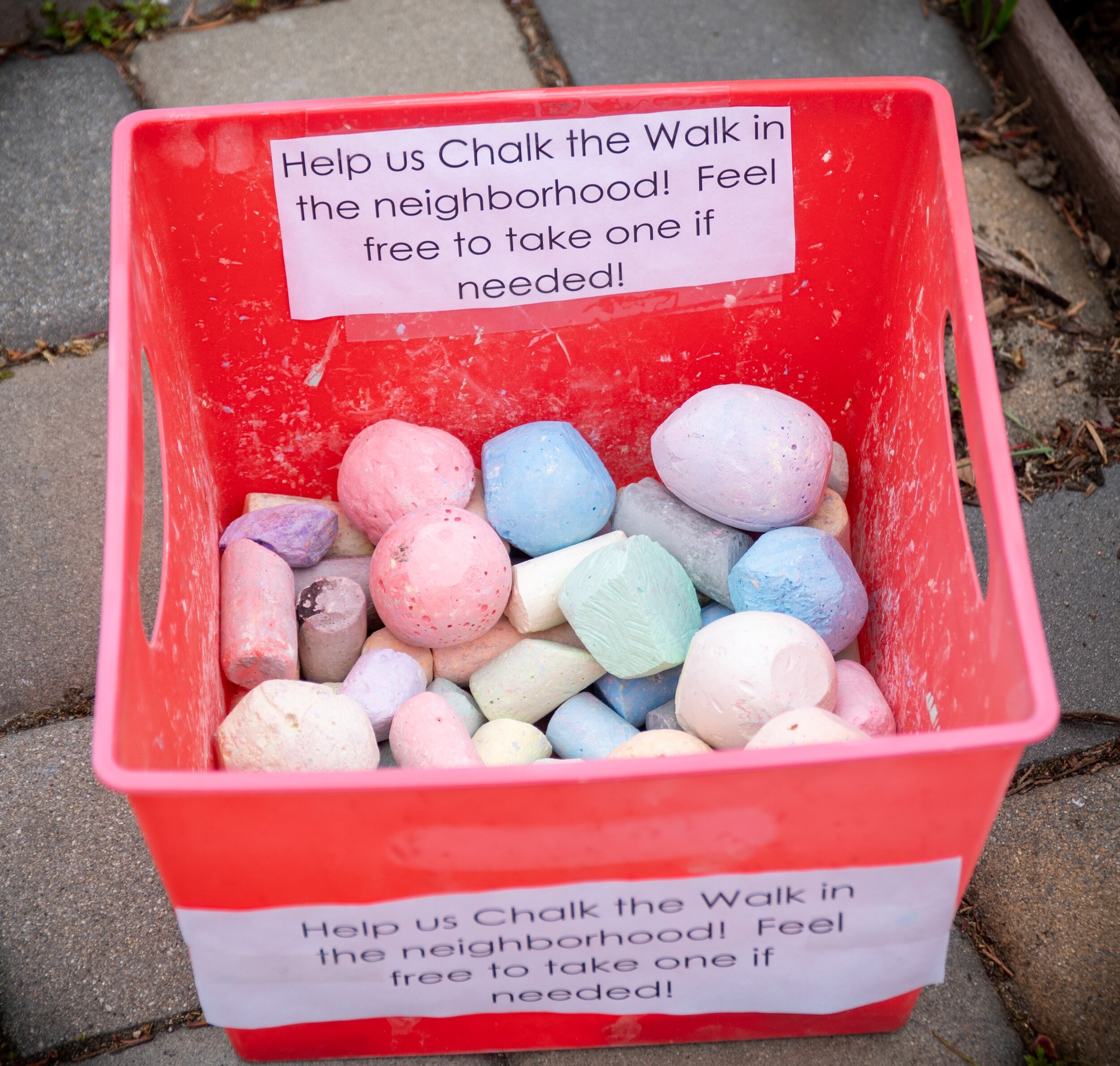
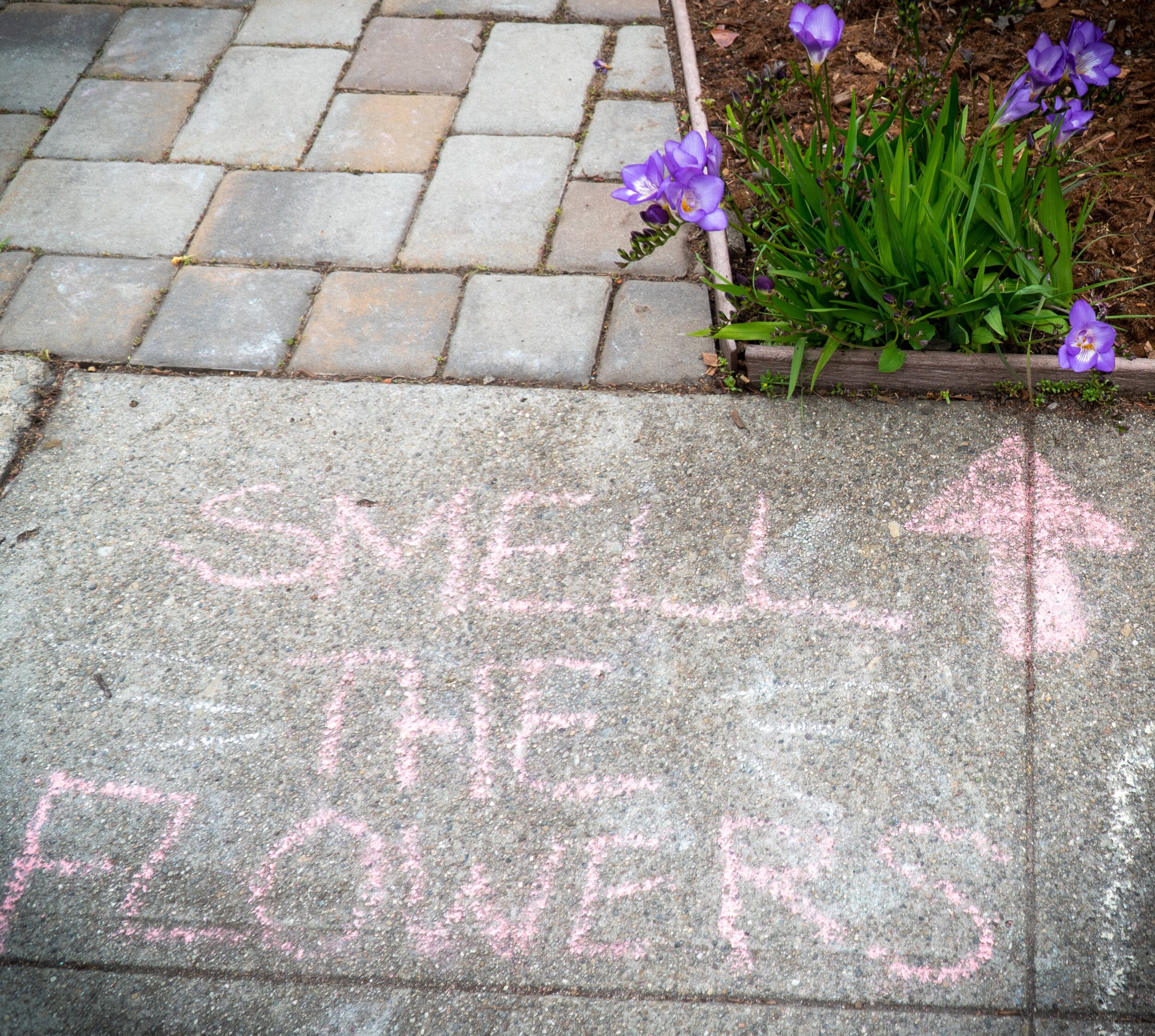
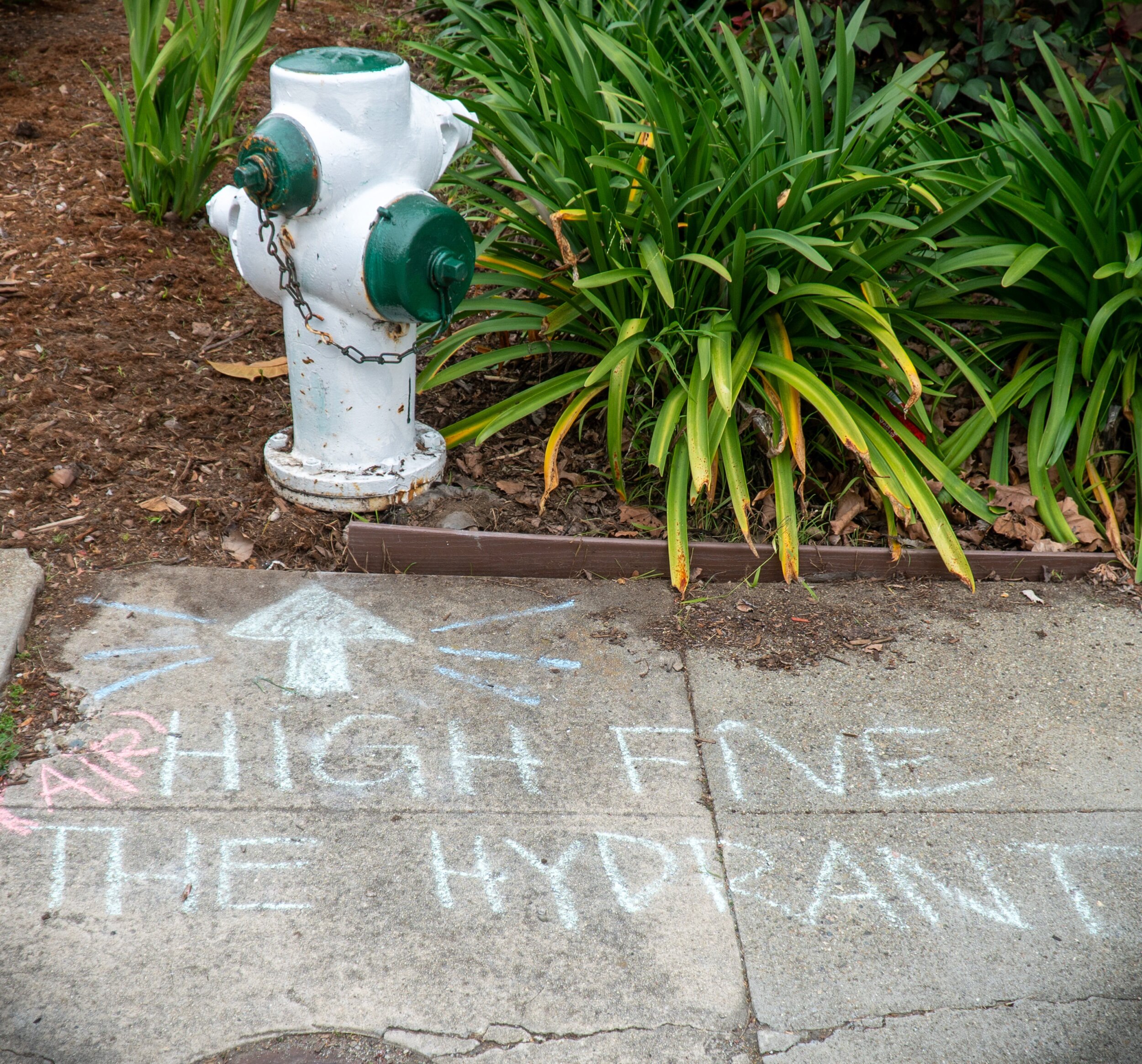
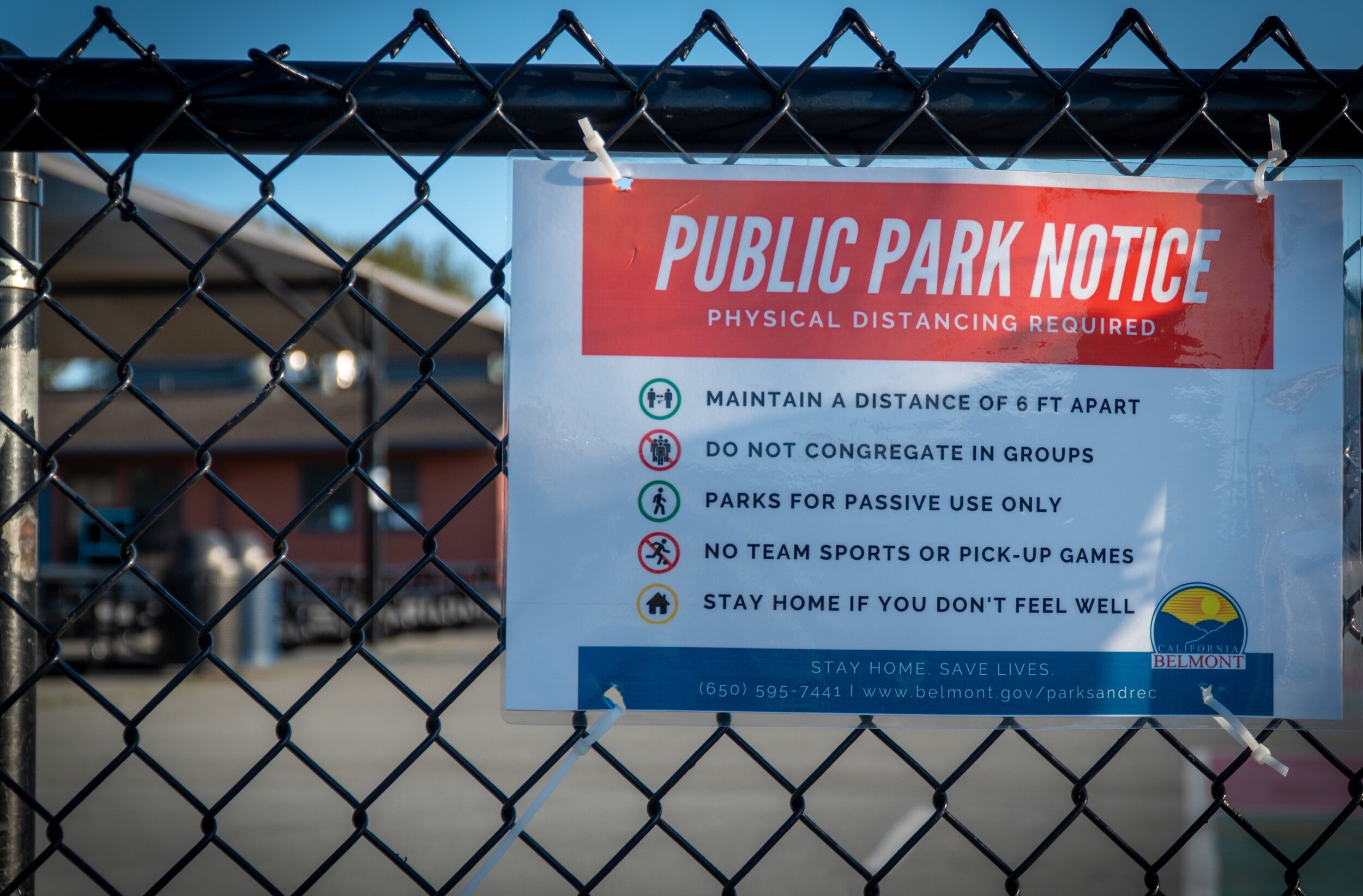
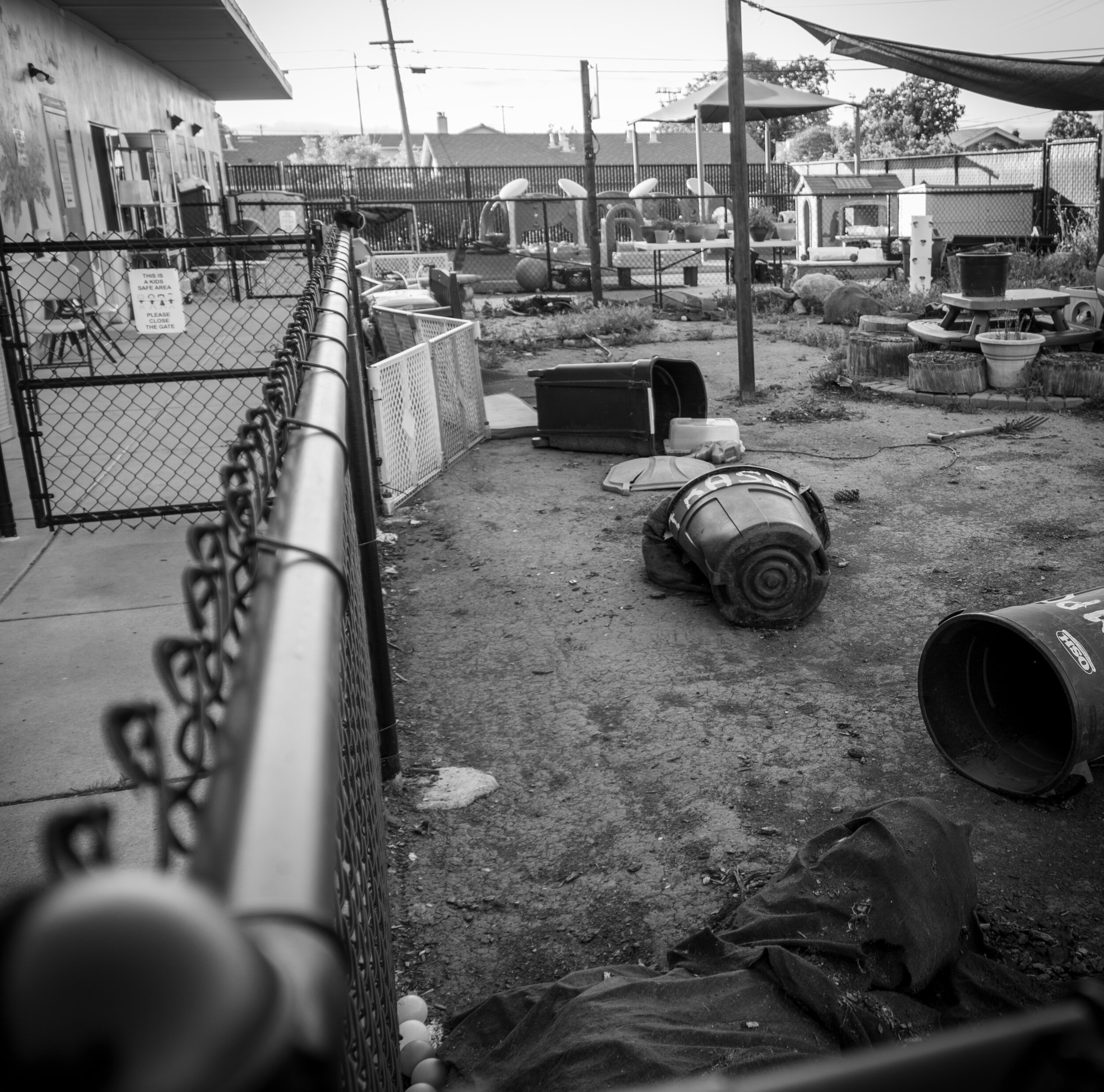
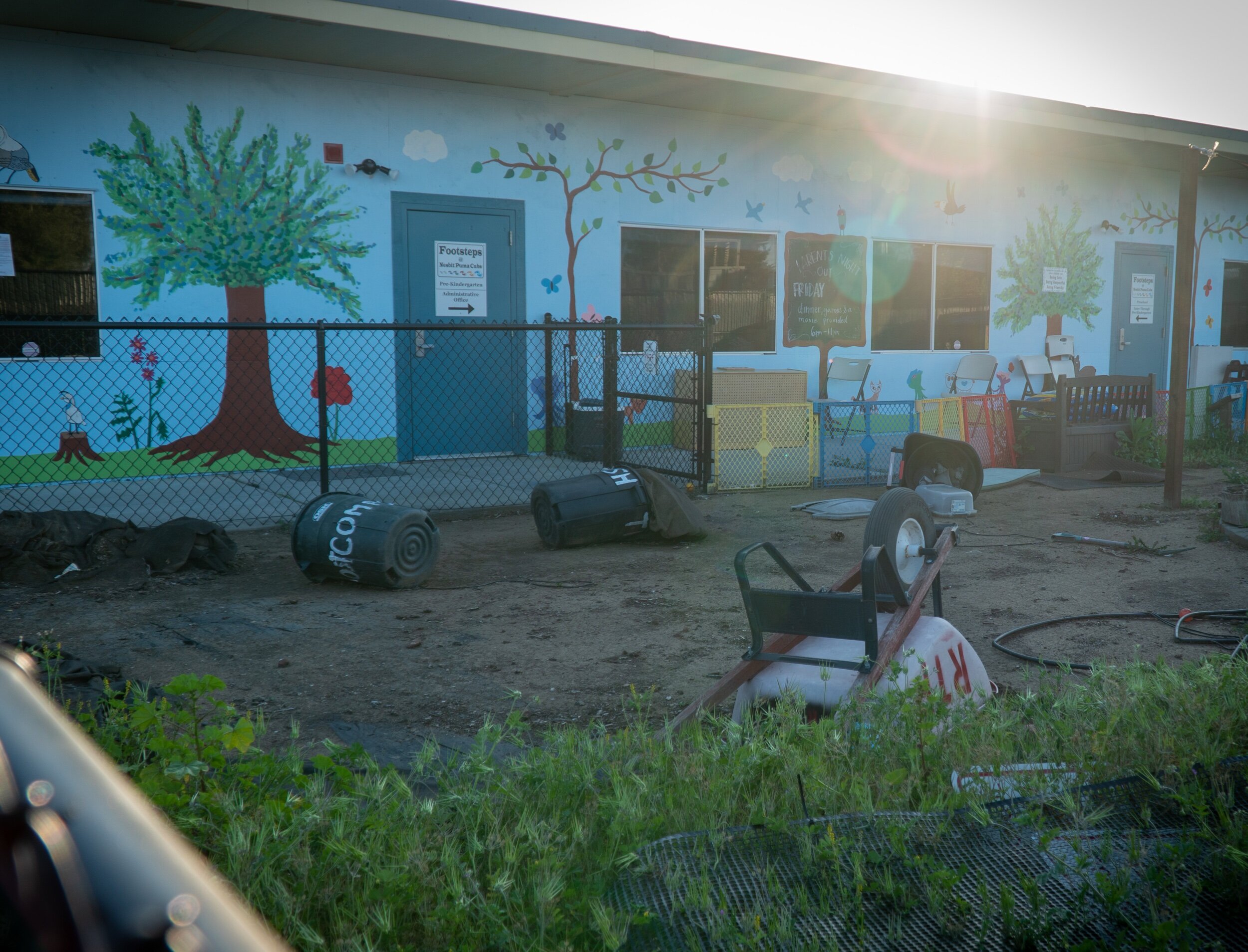
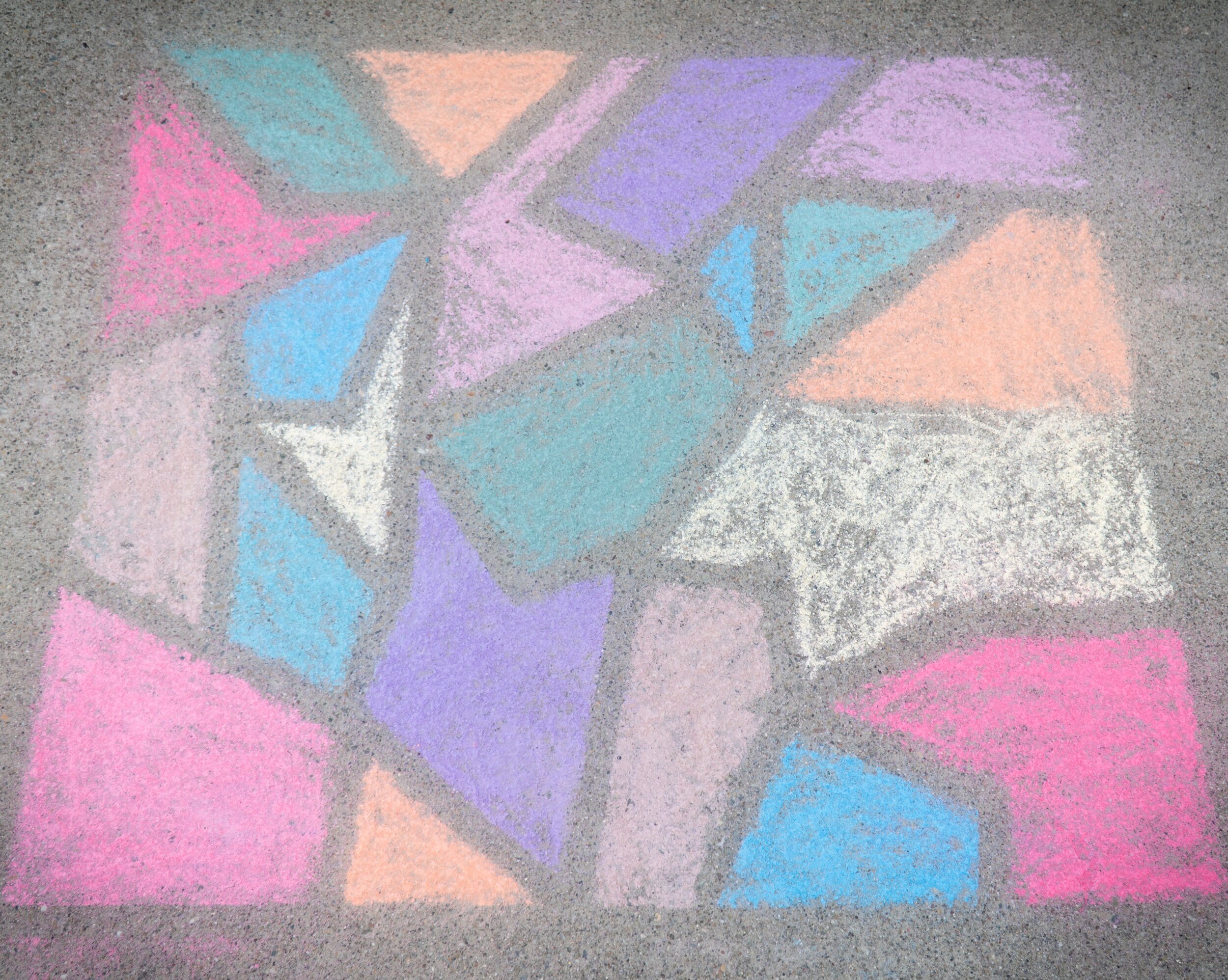
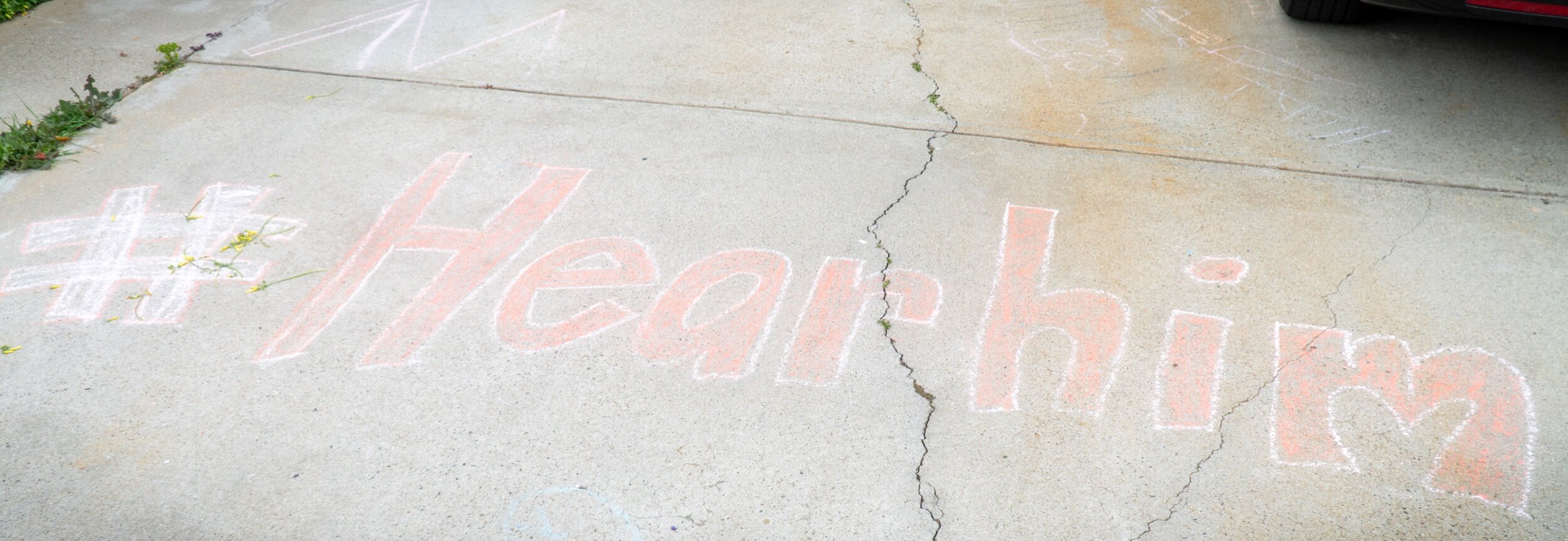
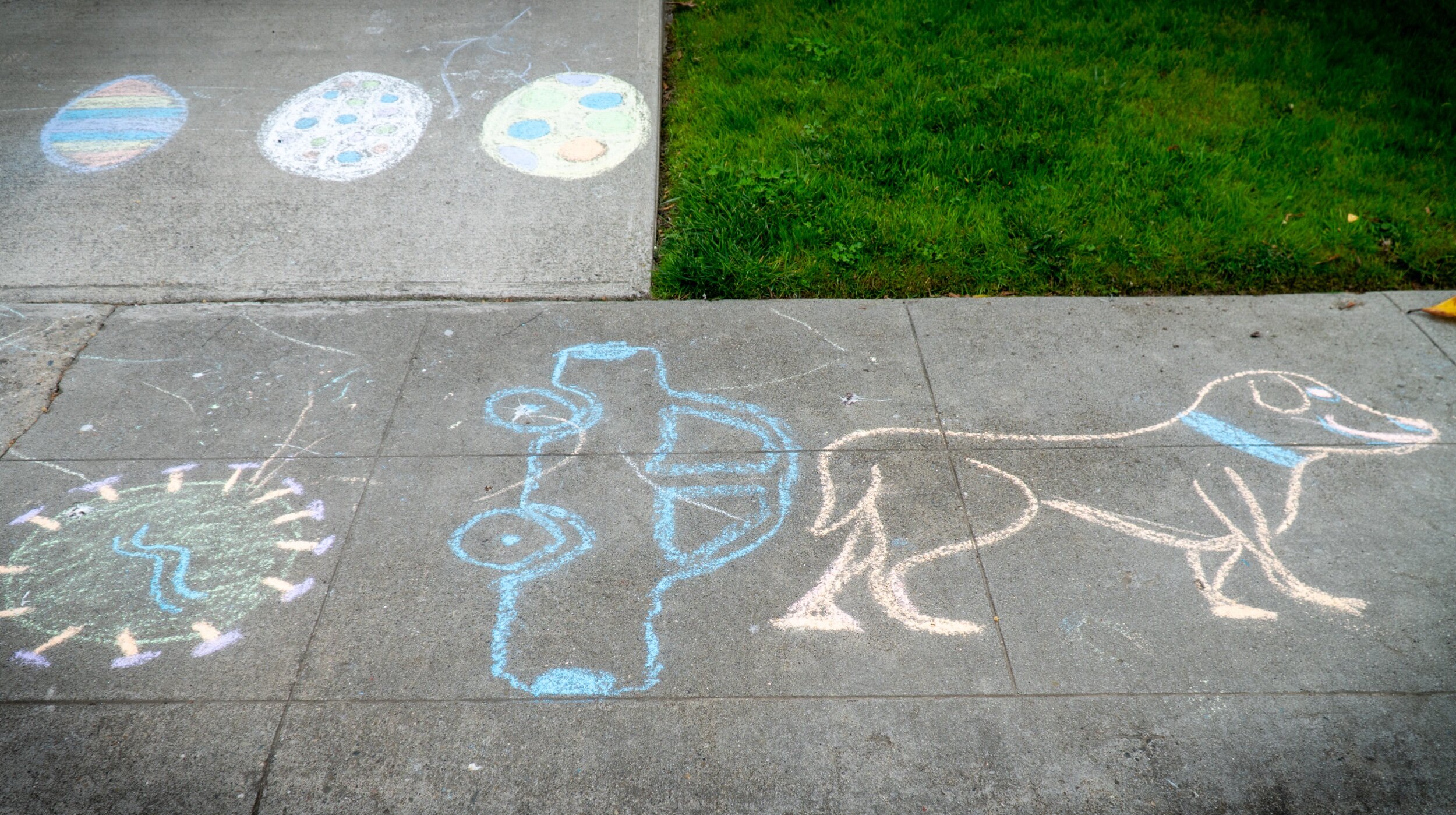
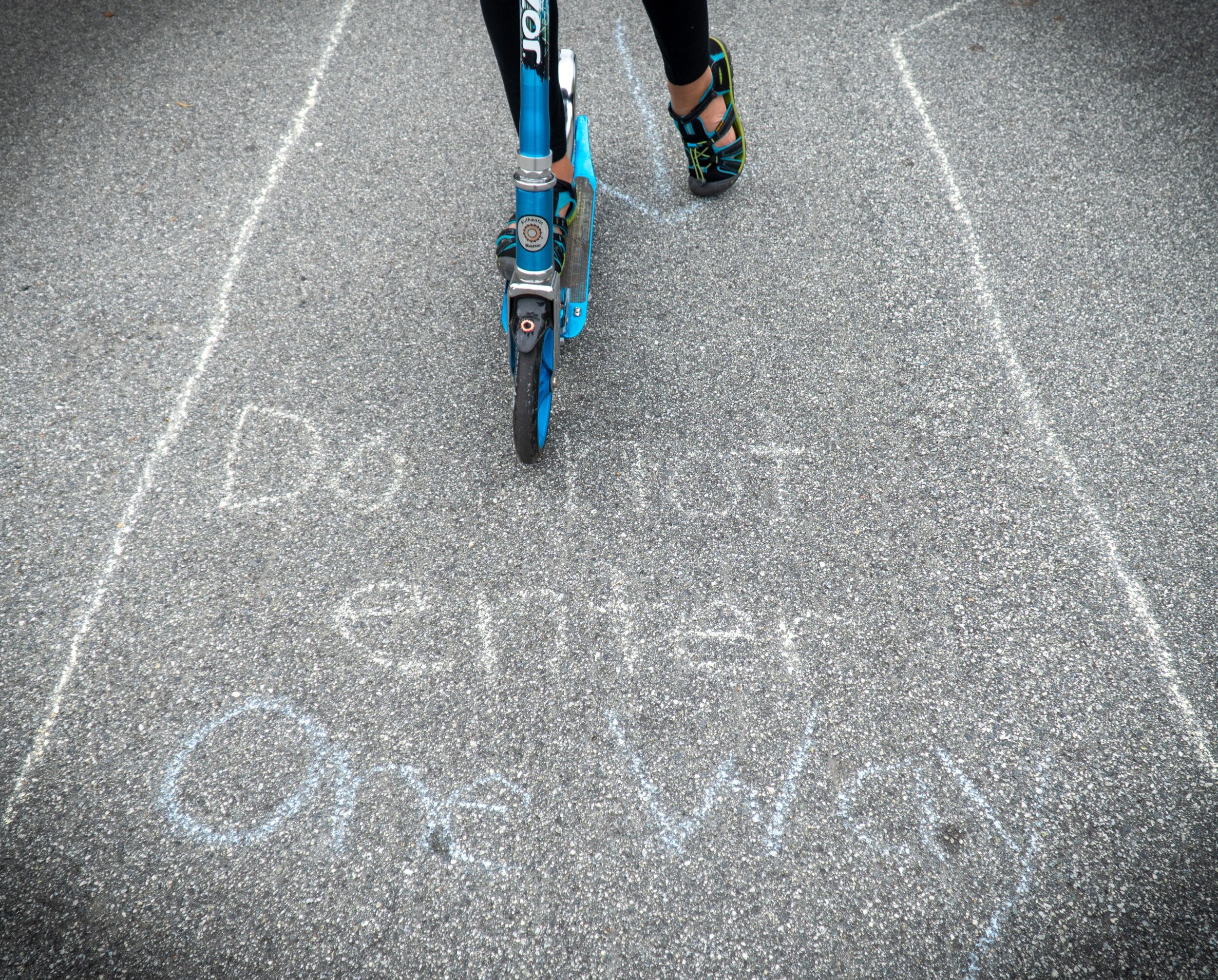
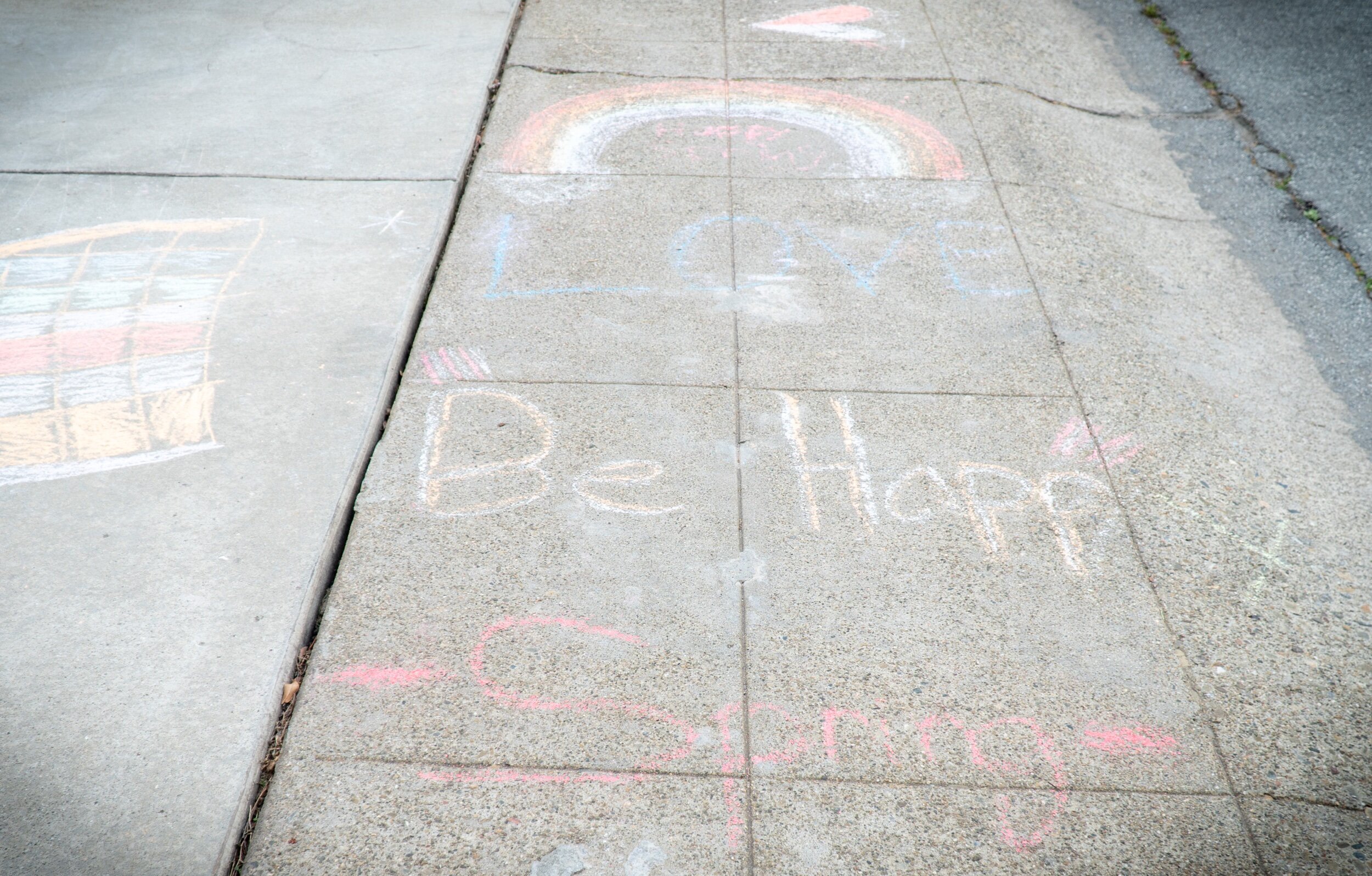
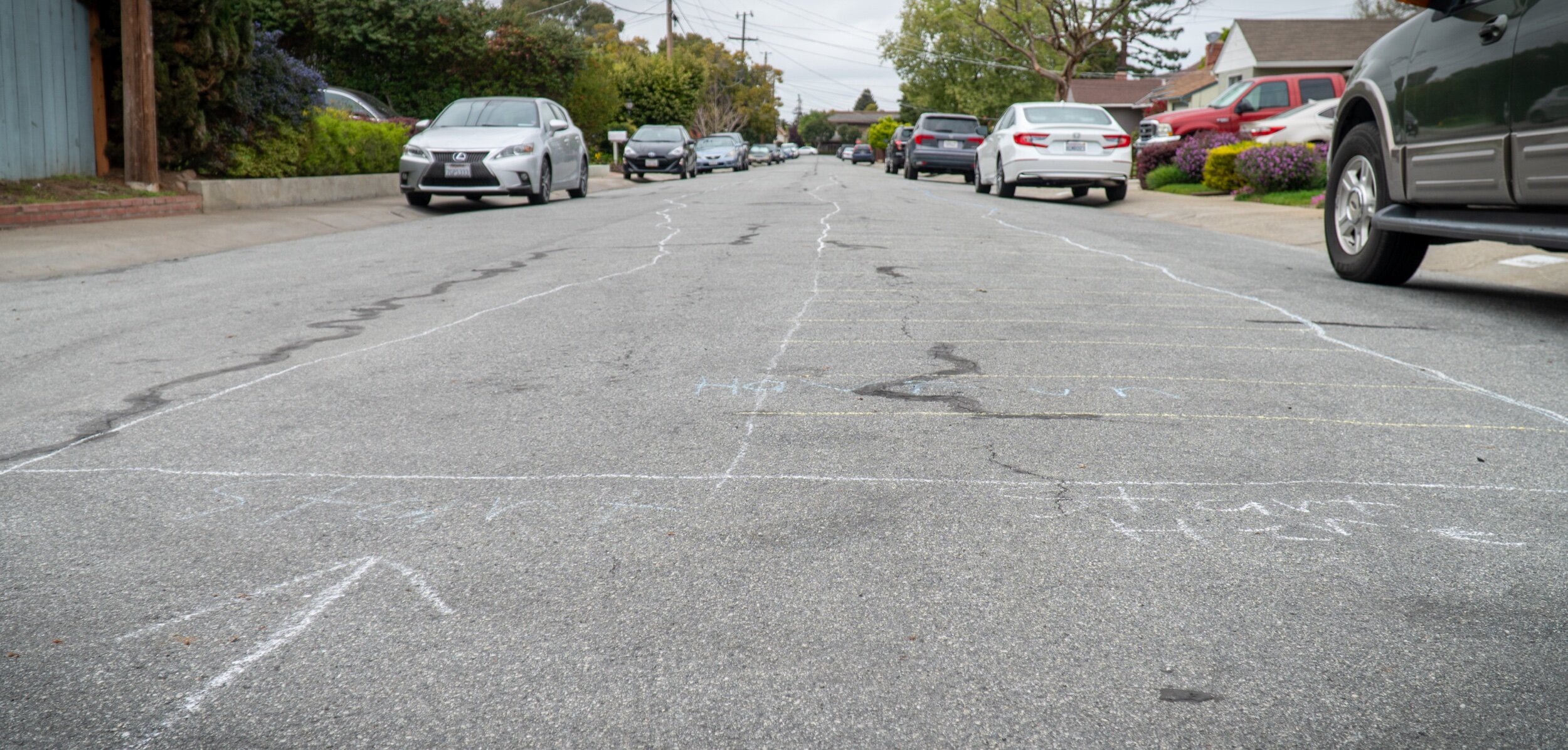
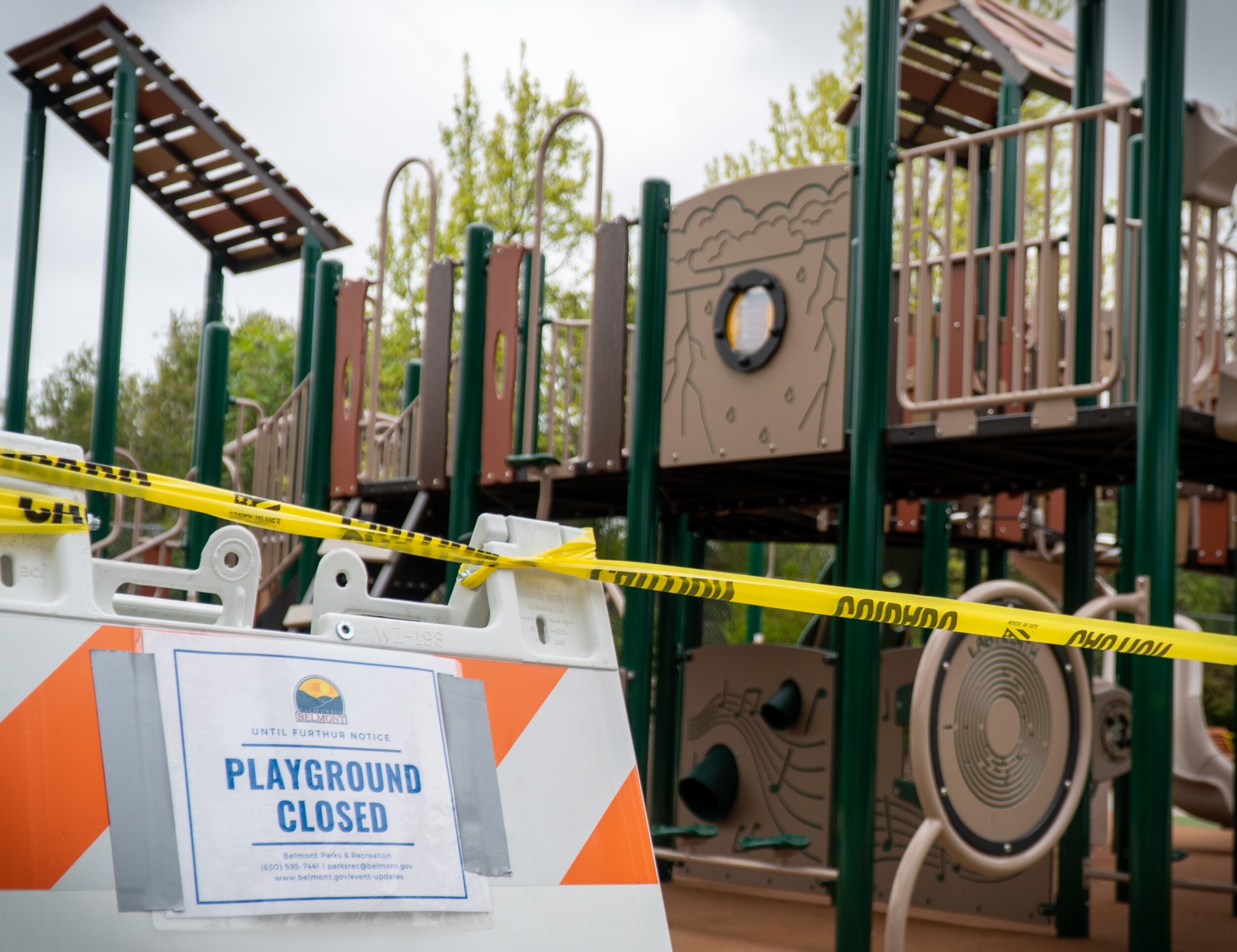
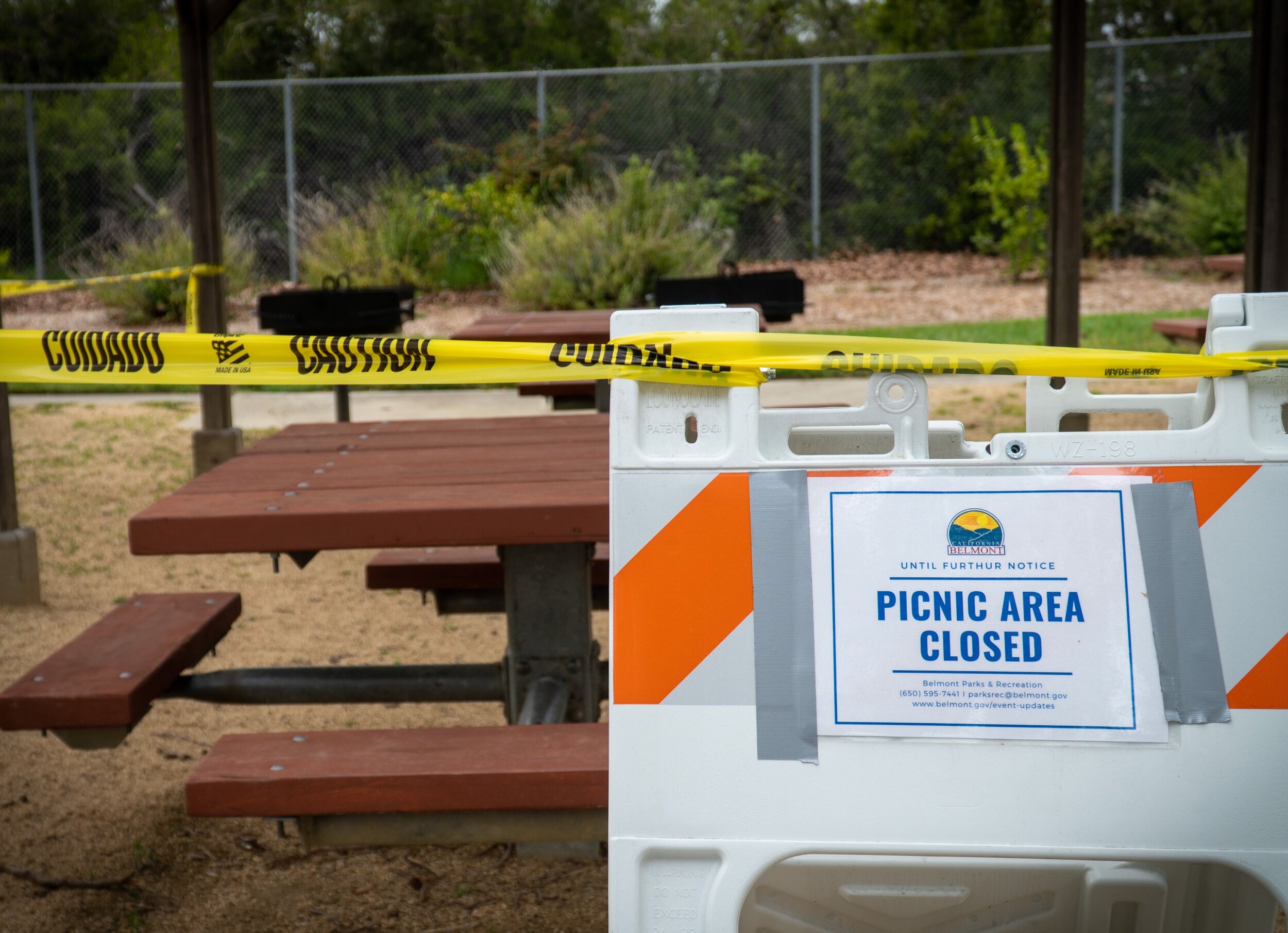
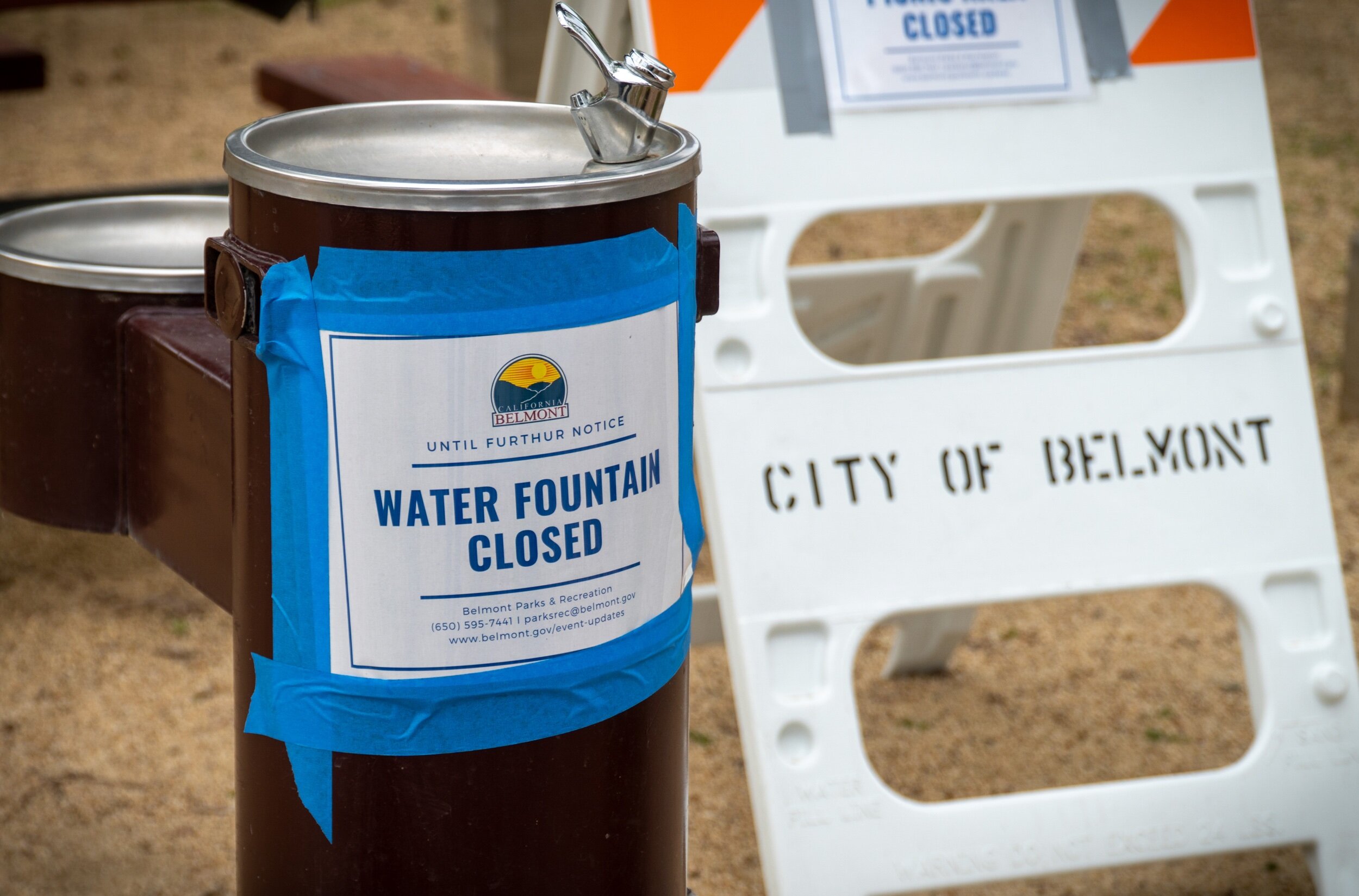
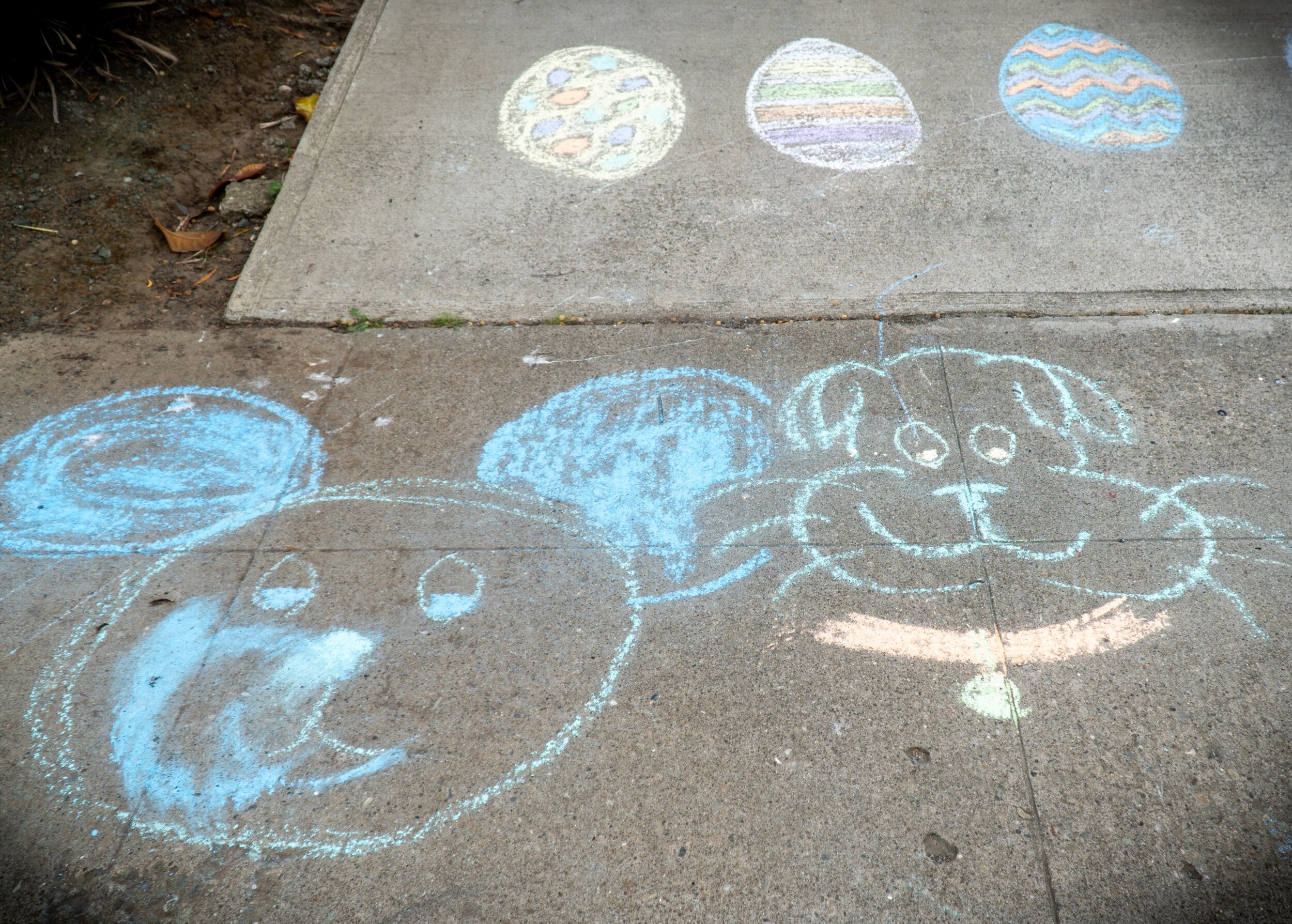
“Porchtraits”
A year ago this week I was in Santa Fe, New Mexico studying portrait photography at a week-long immersive workshop at the famed Santa Fe Workshops Photography Studios. It was a fantastic fiftieth birthday present from my wife, Gina. I had an amazing time learning from the instructors as well as the six other people in my class whose experience as photographers was extremely varied. There was the retiree whose wife was a professional photographer, the two Millenials who were professional set designers, and stagehands, the middle-aged woman who was in a career transition, the Latin mother from Santa Fe with dreams of becoming a professional photographer, who had earned a scholarship to attend the workshop, and Mark Kelly, from the Yukon. Mark had the distinction of having come farther than anyone else to our week’s training. That included individuals from Europe, Asia, and South America! Mark is a talented photographer and his high-key, photojournalistic style reminds me of the work of W. Eugene Smith, and his nuanced photo-essays of the people, life, and traditions of the North reminds me of the work of Henri Cartier-Bresson. You can check out his work on Instagram at @markkellyphotography. In March, Mark started posting pictures of people standing in their doorways or in their windows at home holding inspirational signs in response to the COVID-19 pandemic in his area. He called them “Porchtraits” and “Doortraits” and they immediately resonated with me. I wrote Mark to share that I was also going to begin taking pictures of my neighbors during the shelter in place order and that I’d post them on Instagram under #porchtraits. Here are a few of my favorites...
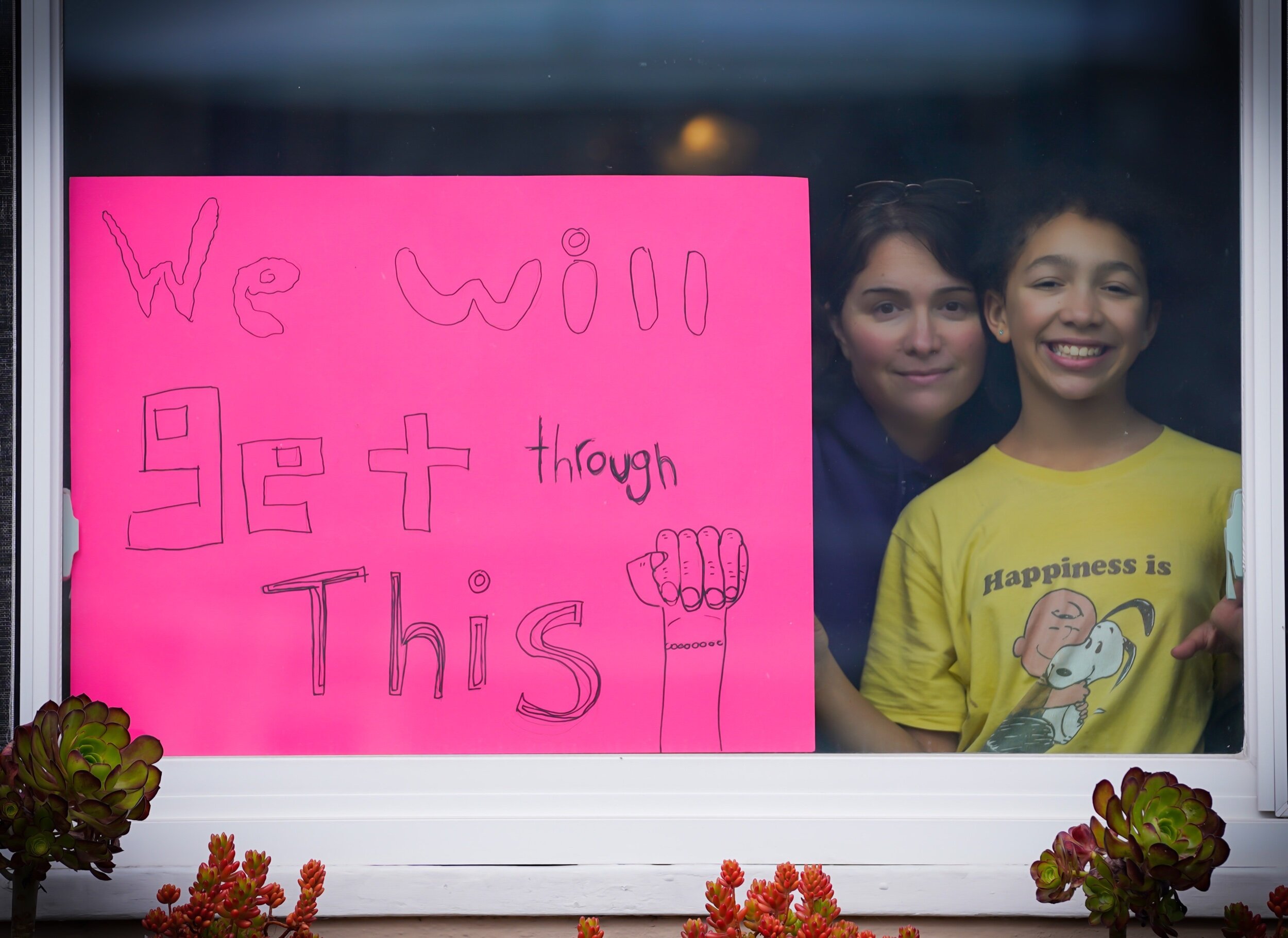
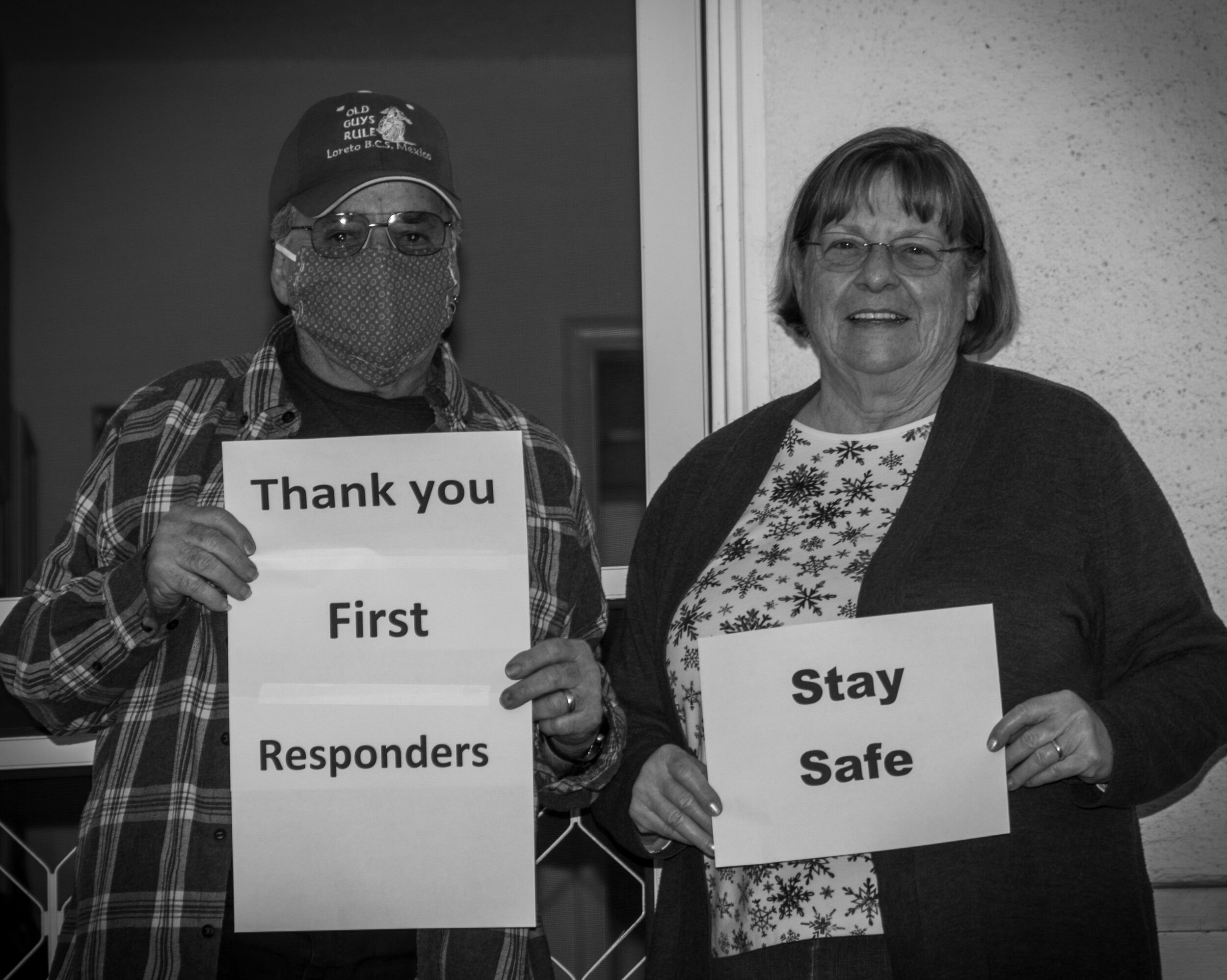
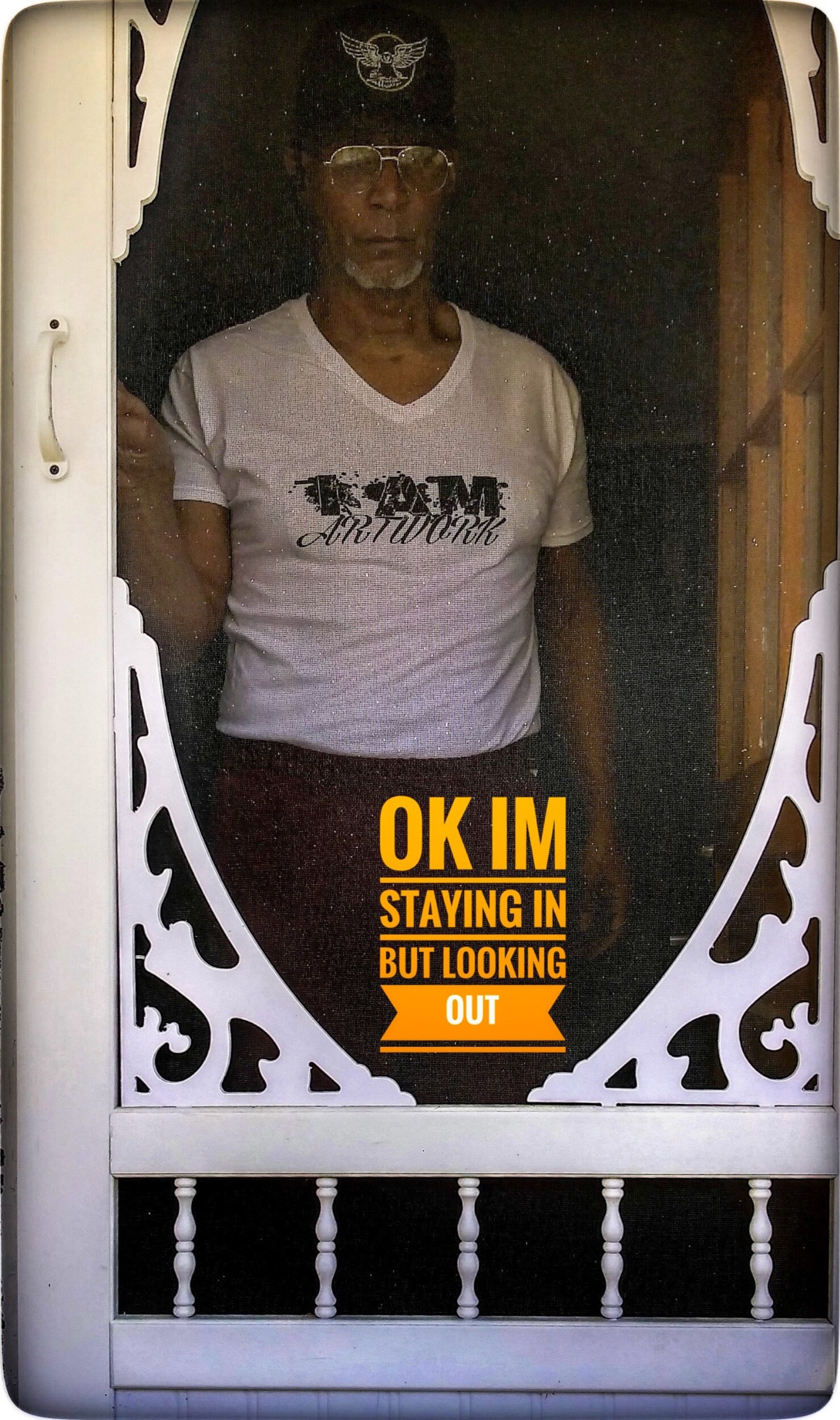
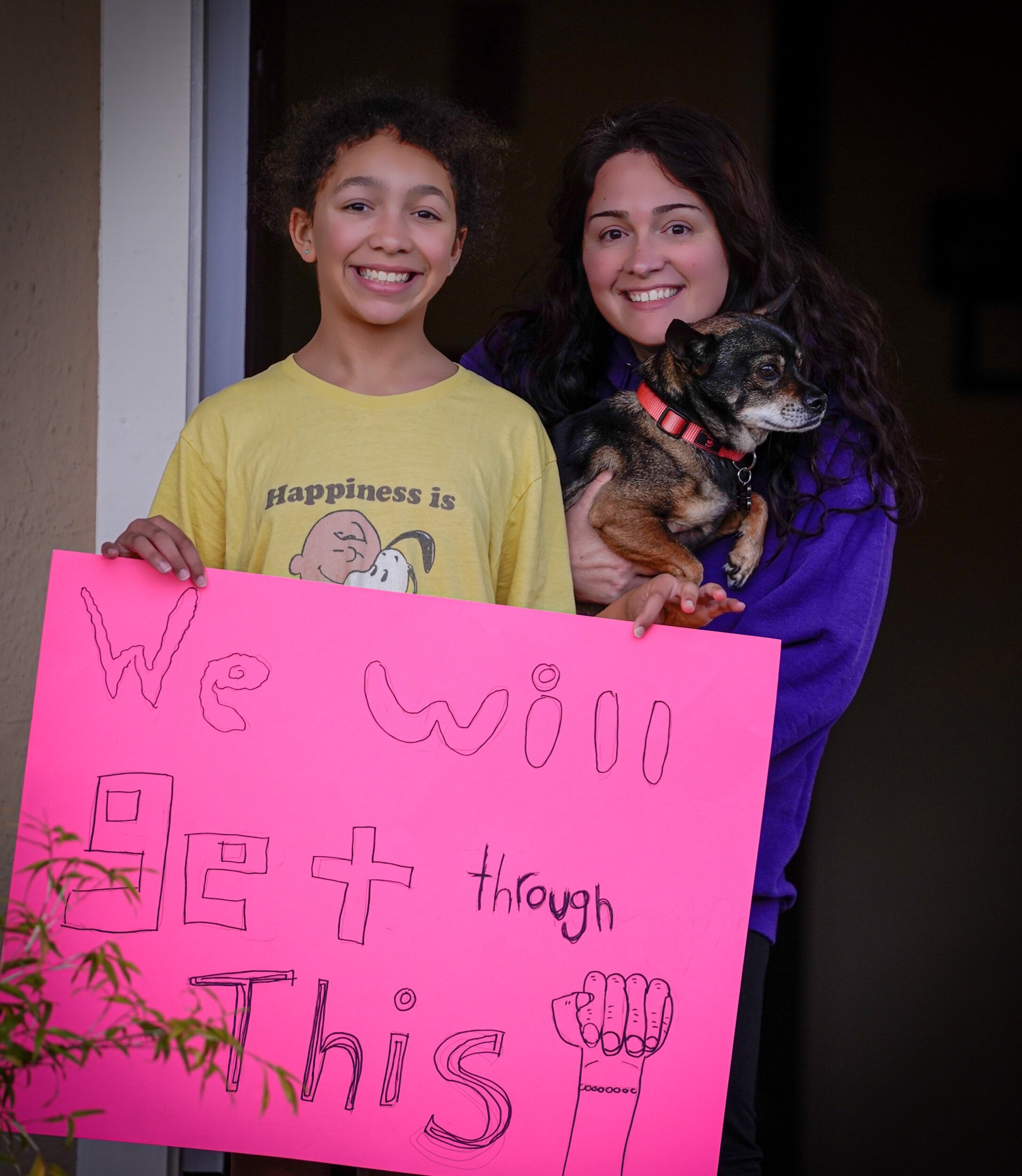
Eli (March 1 - 31st, 2020)
April: The New Normal
